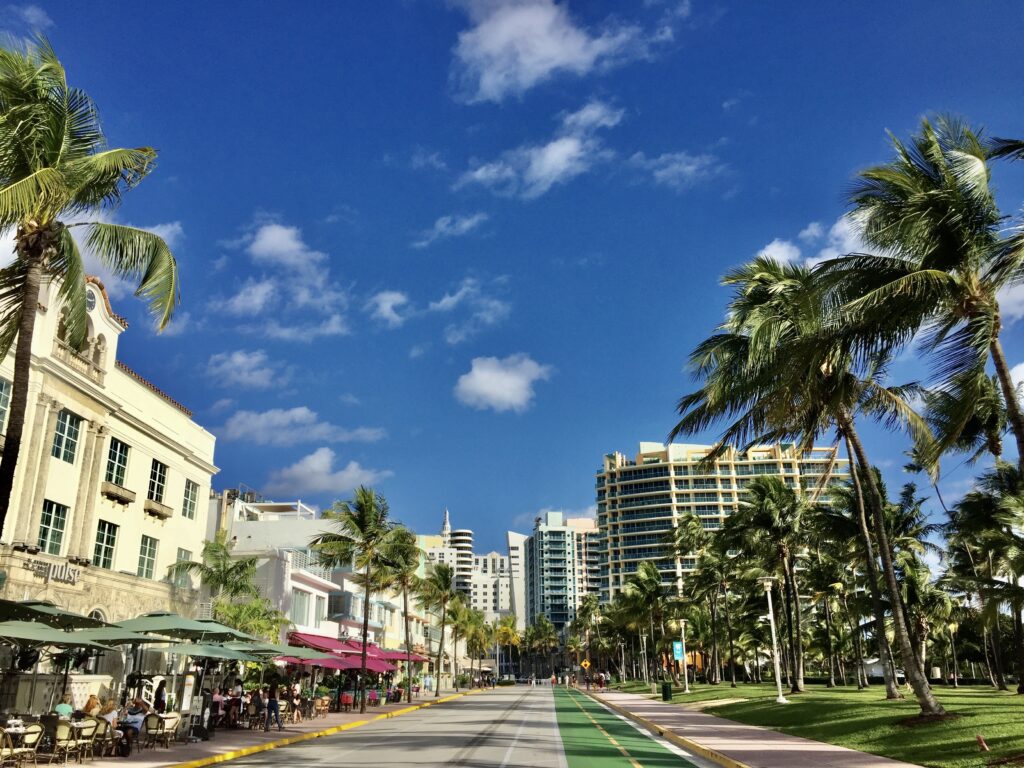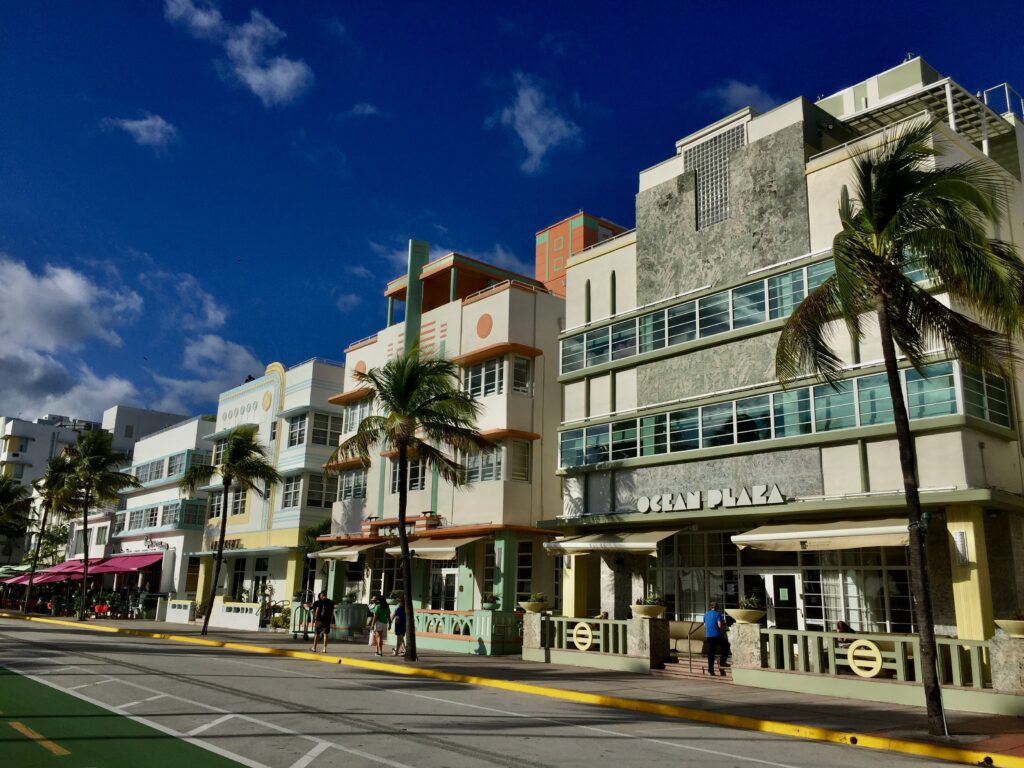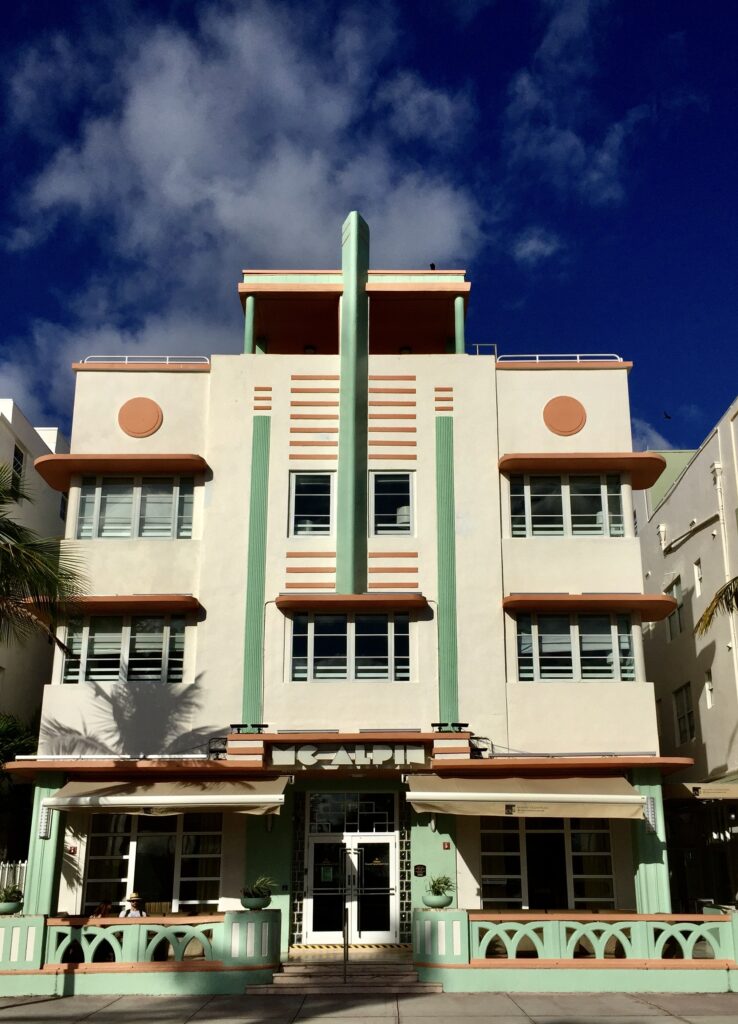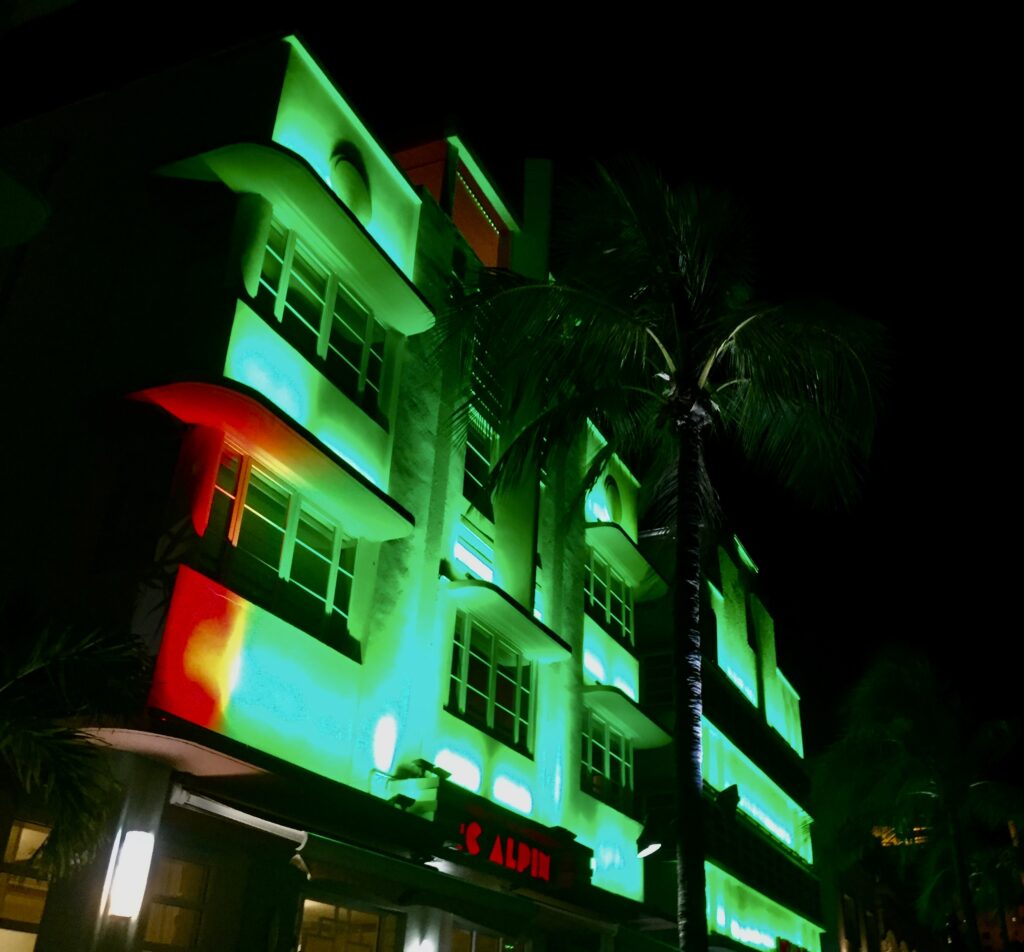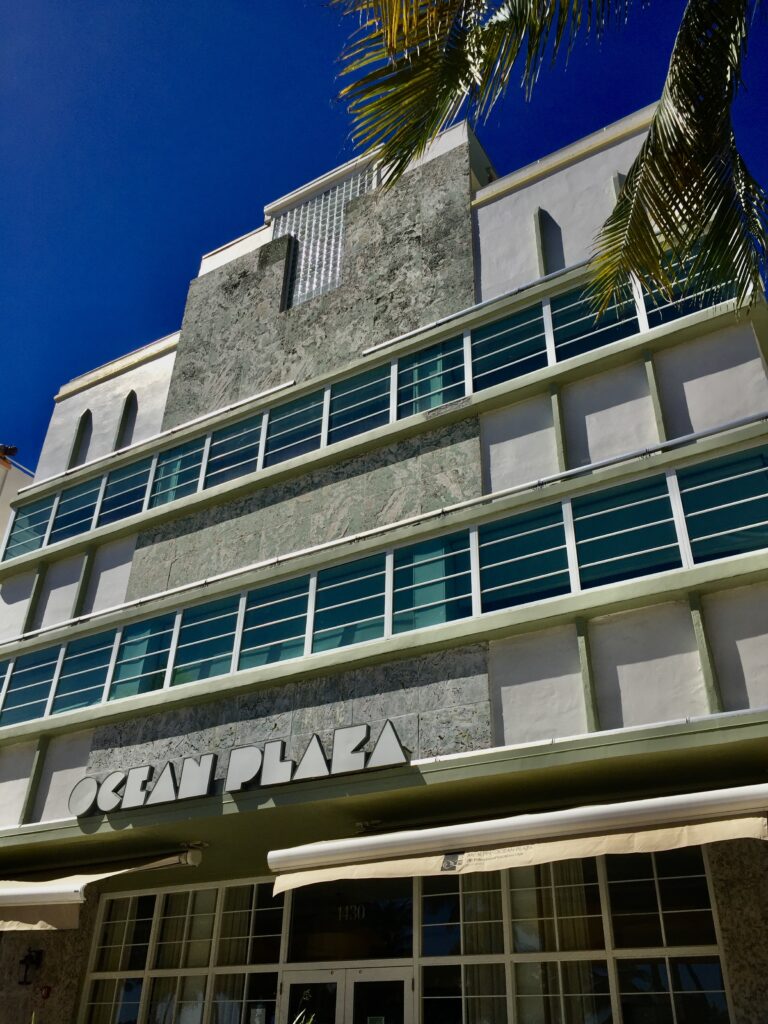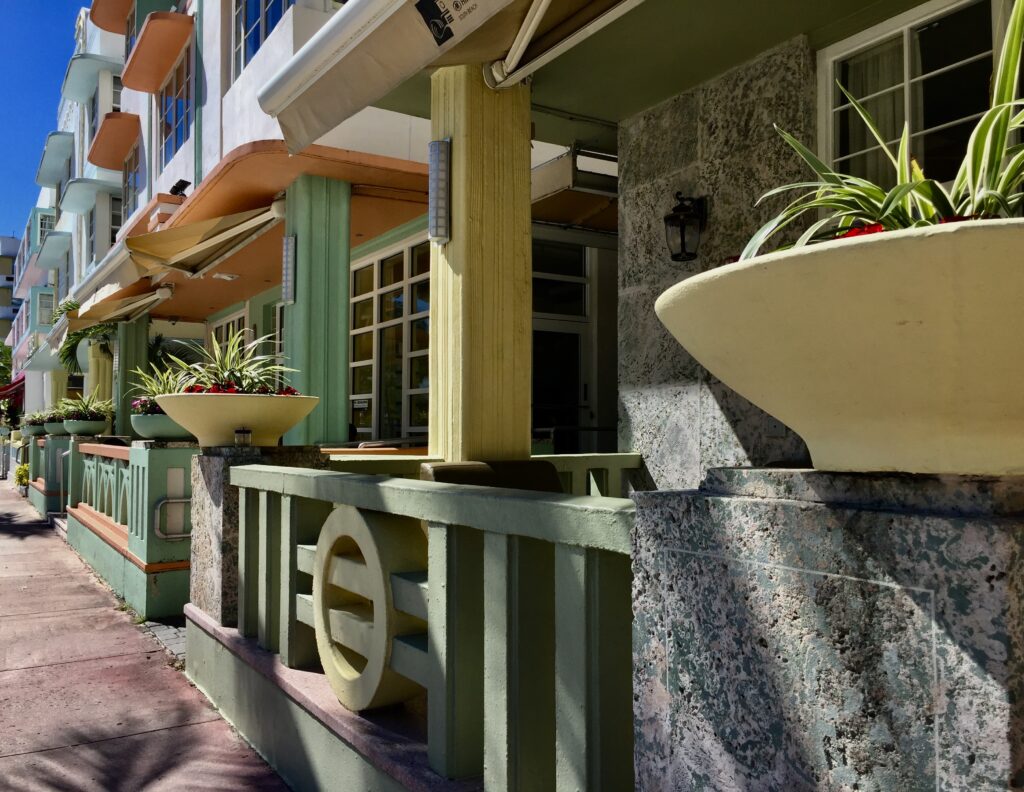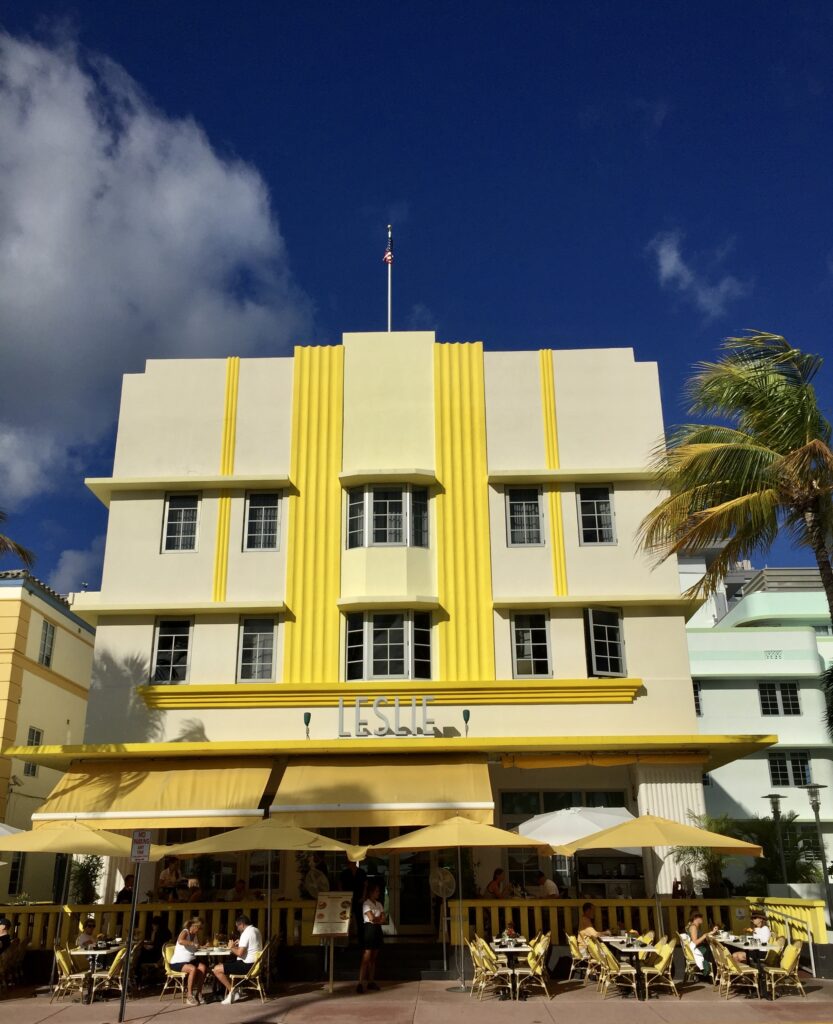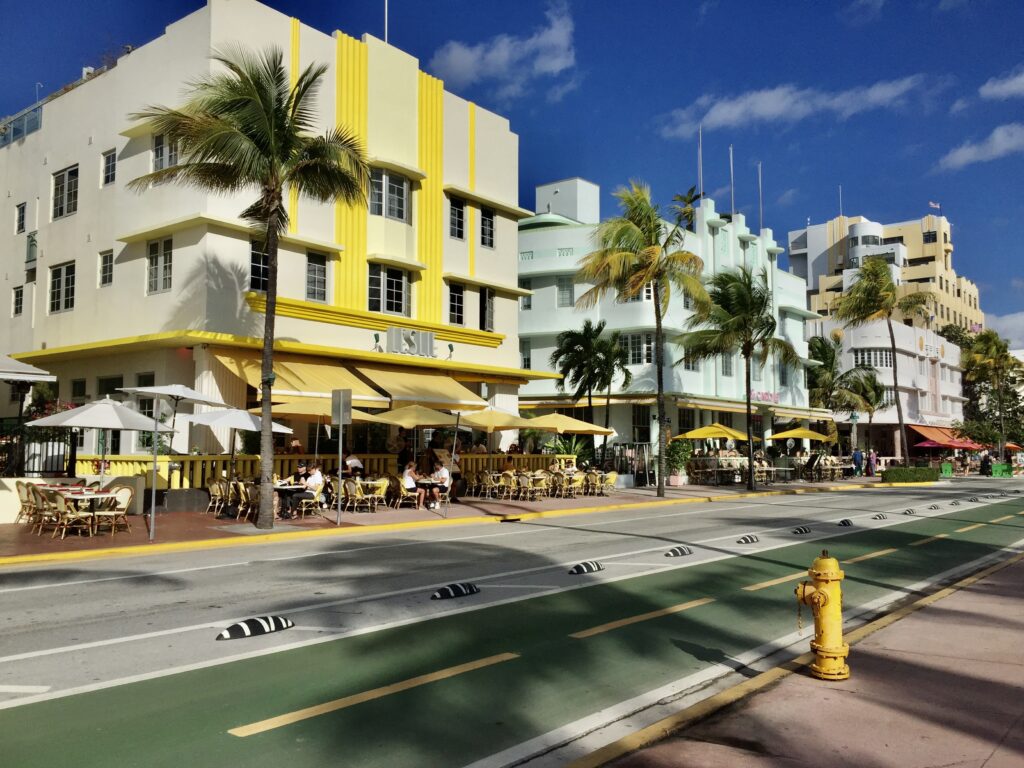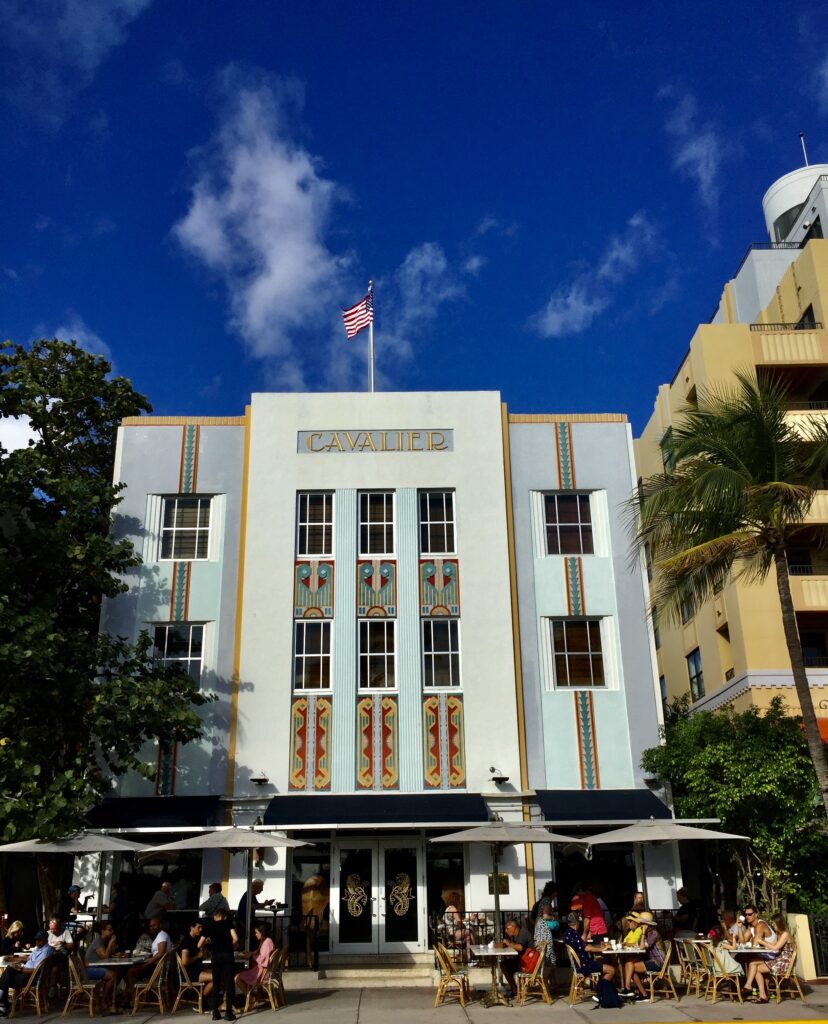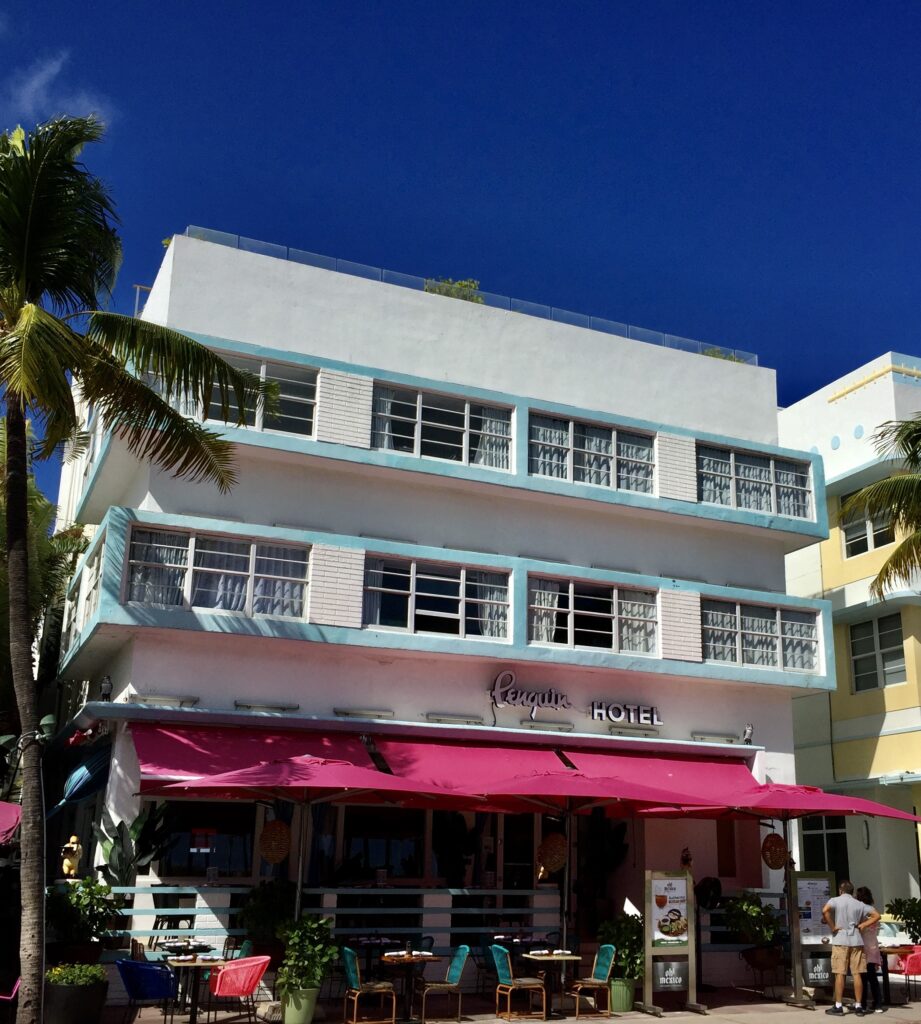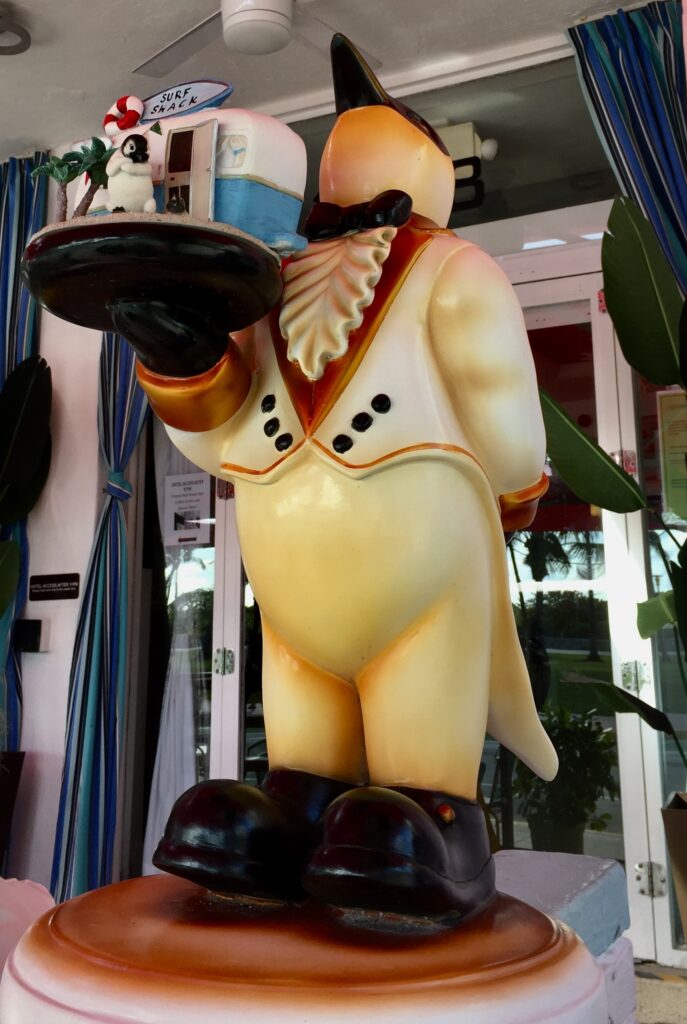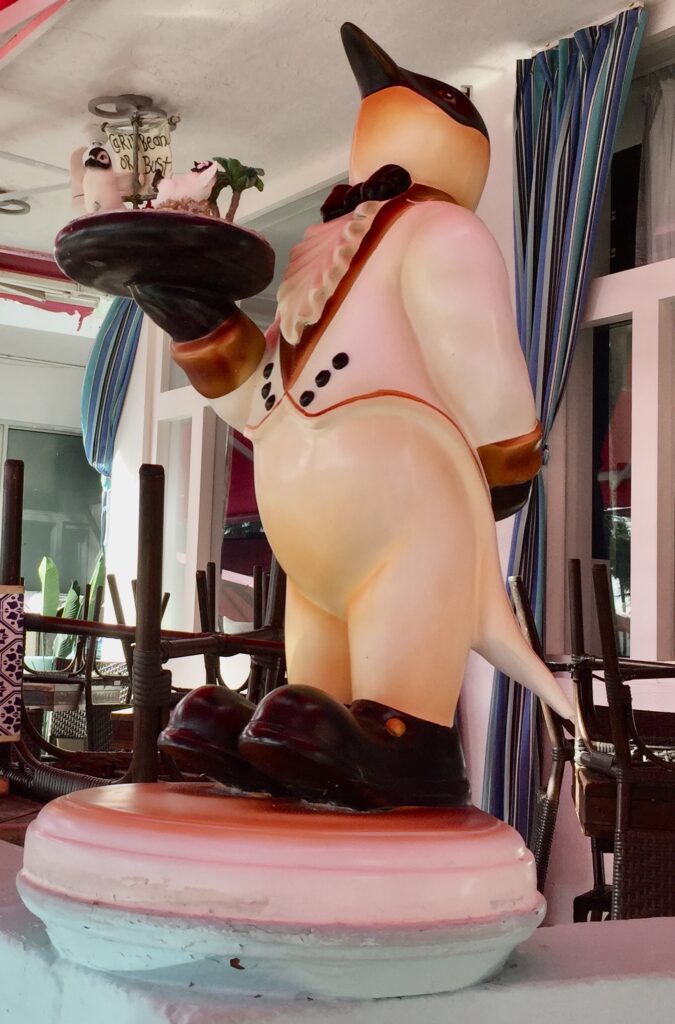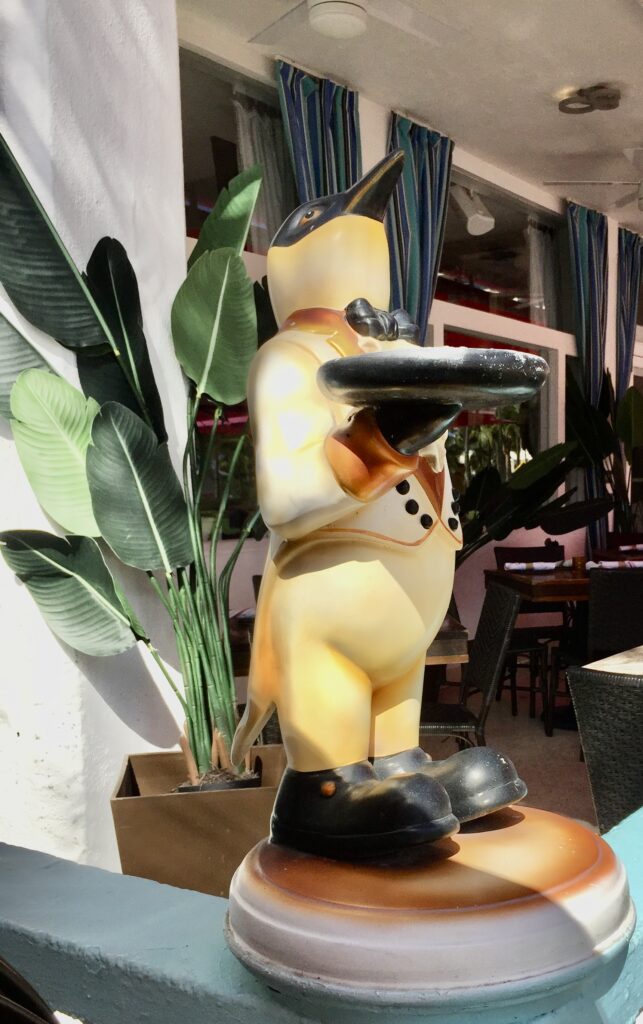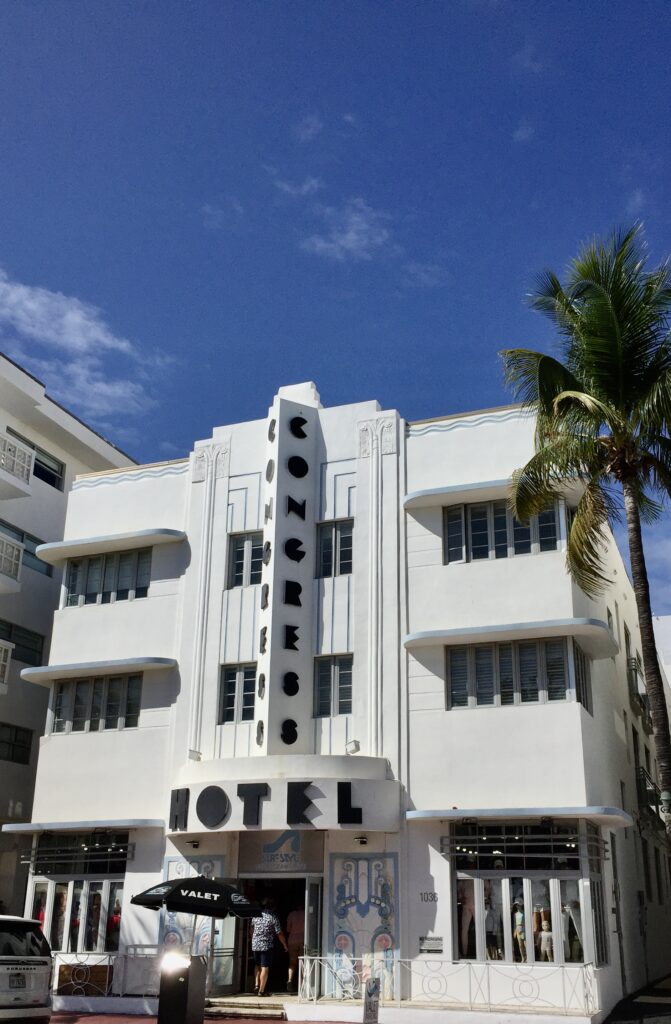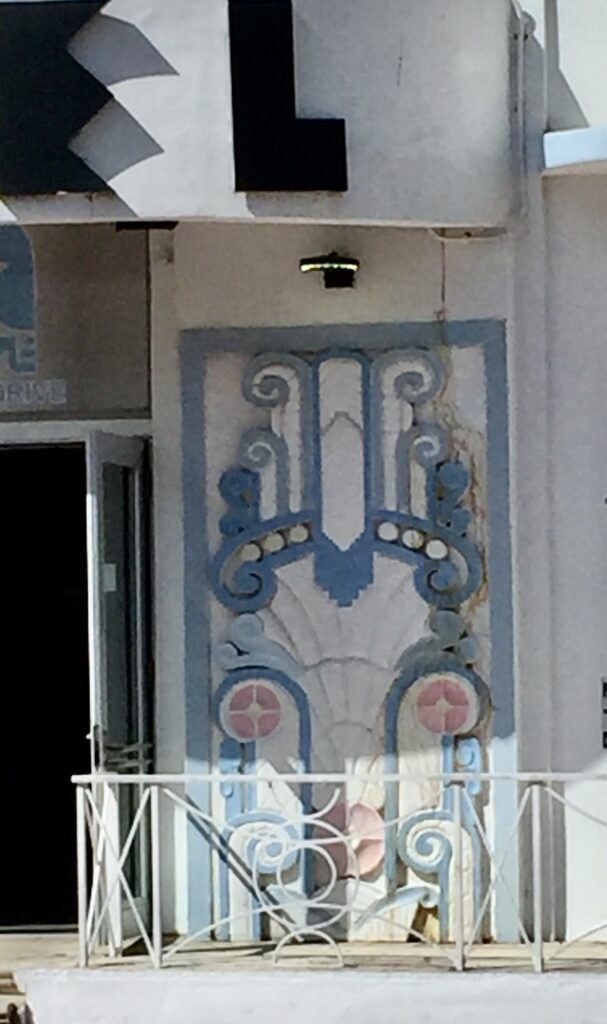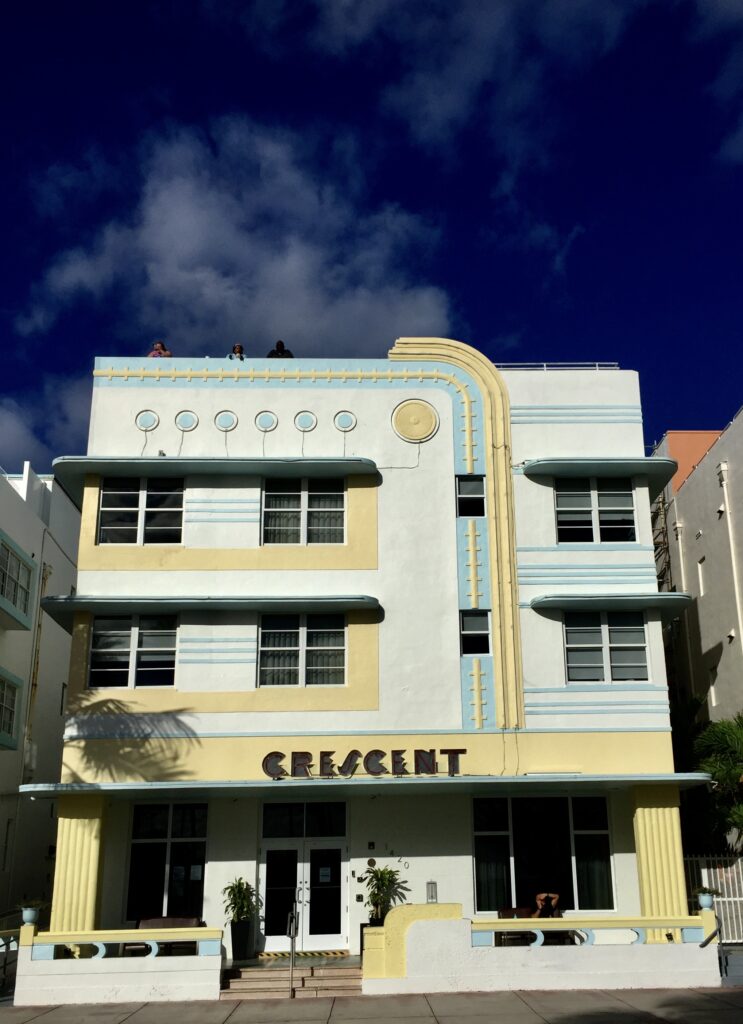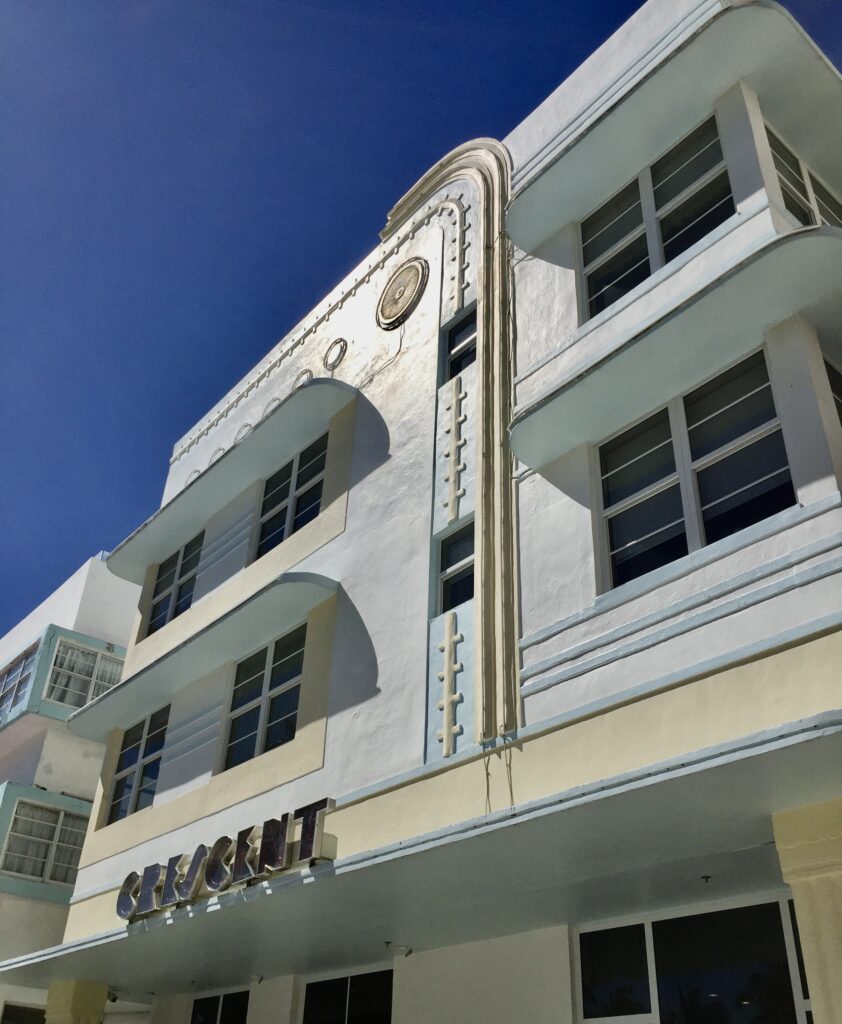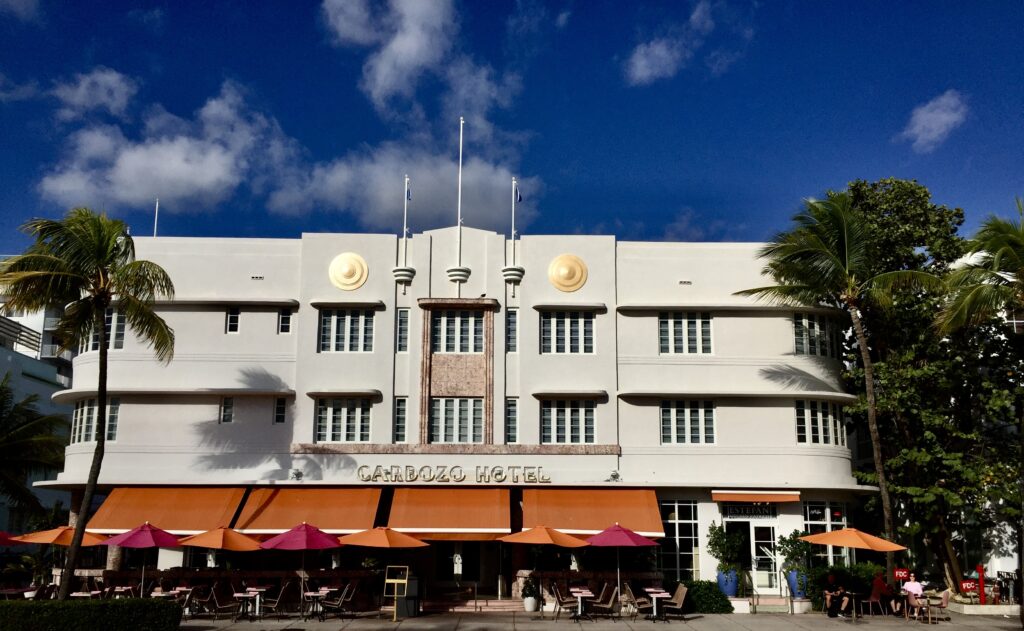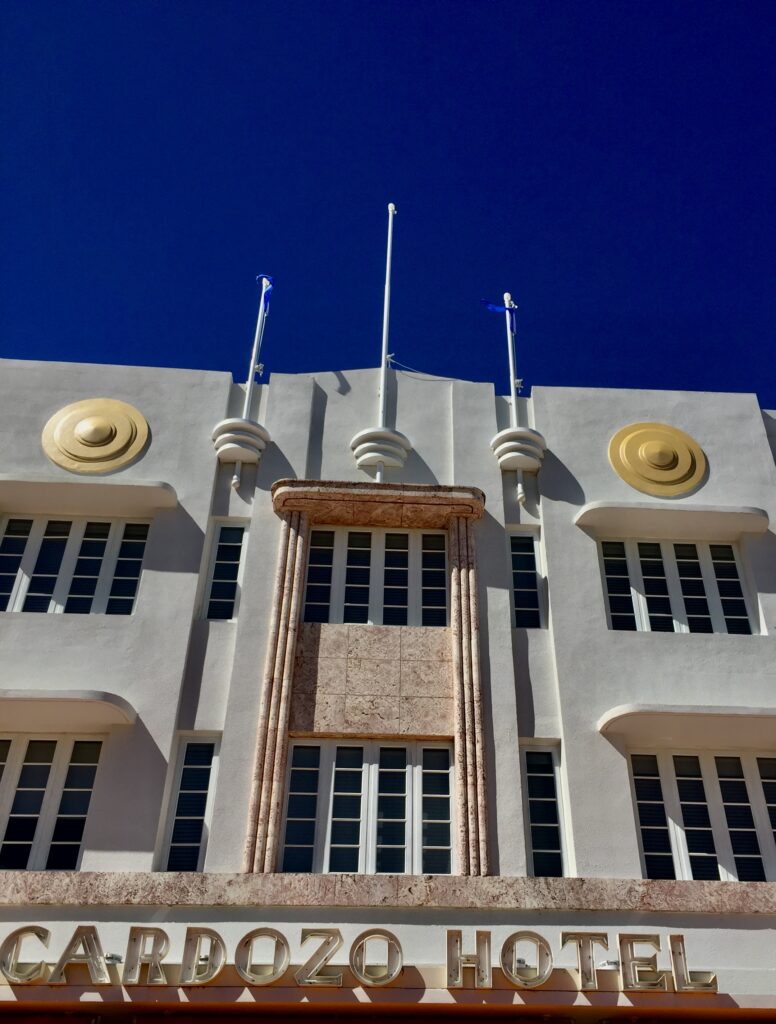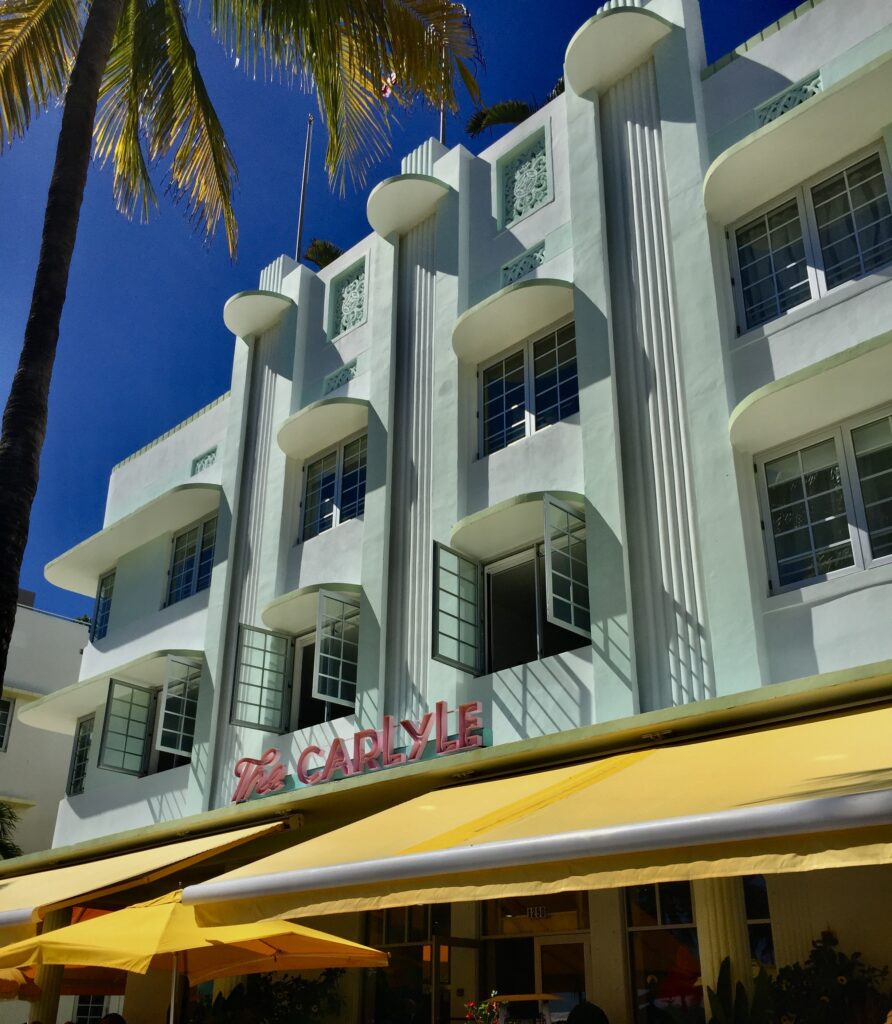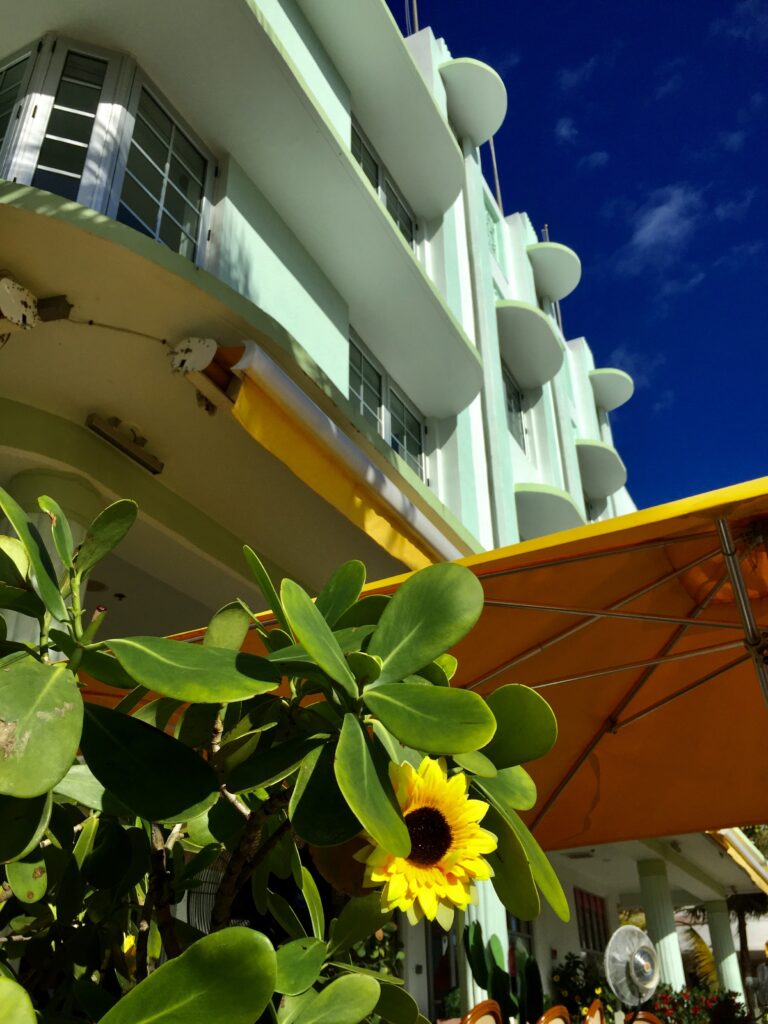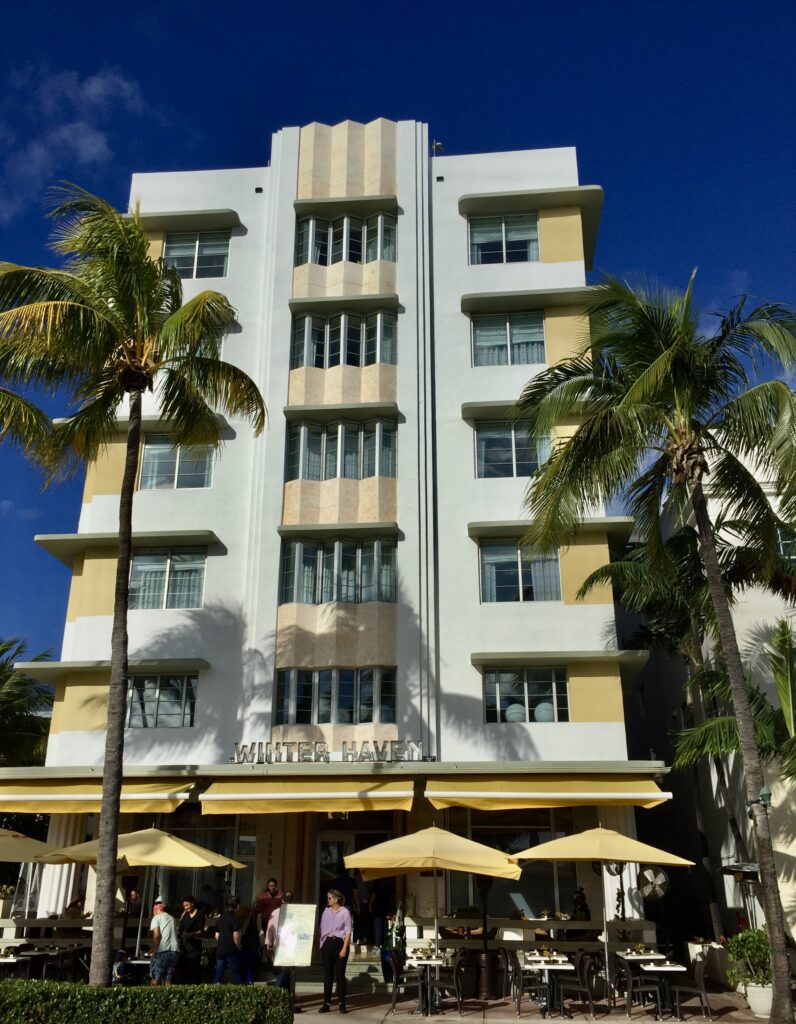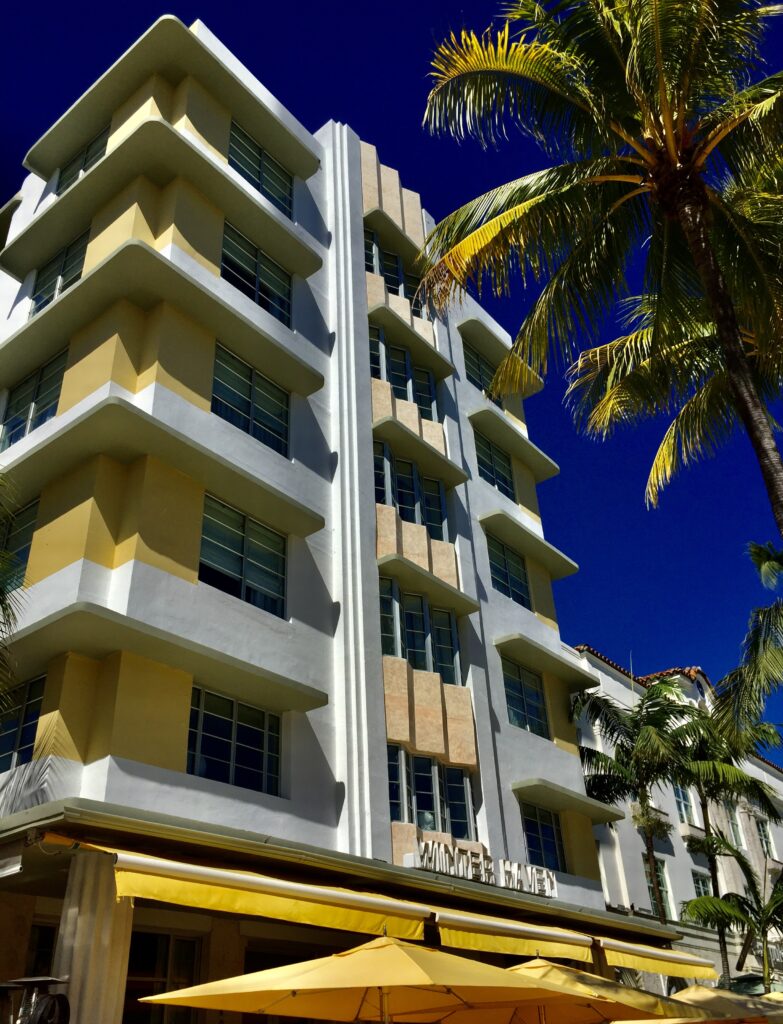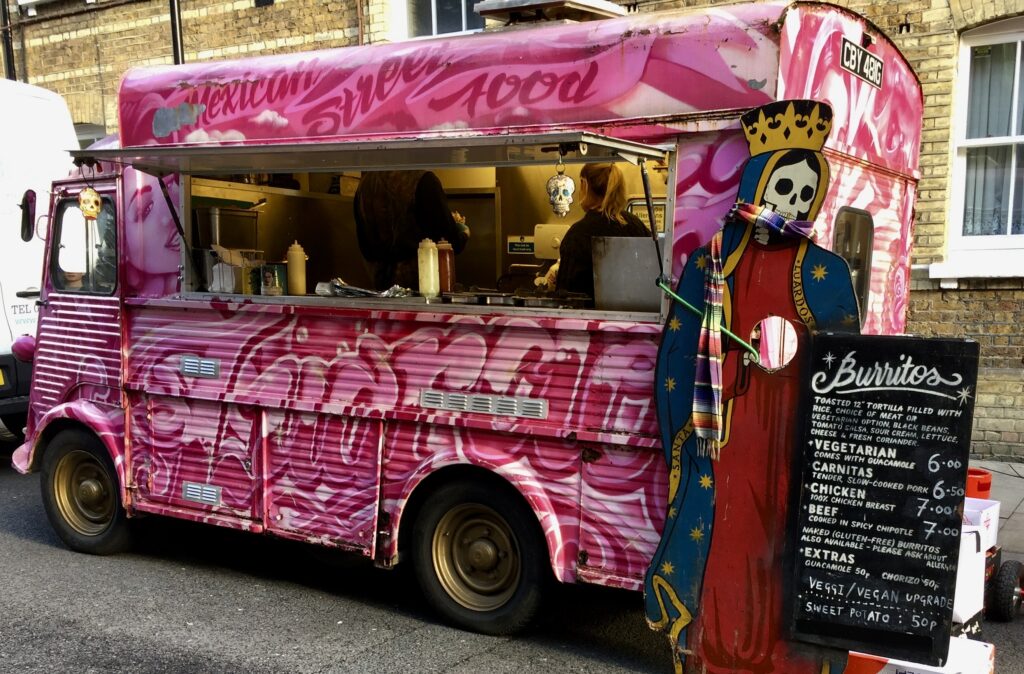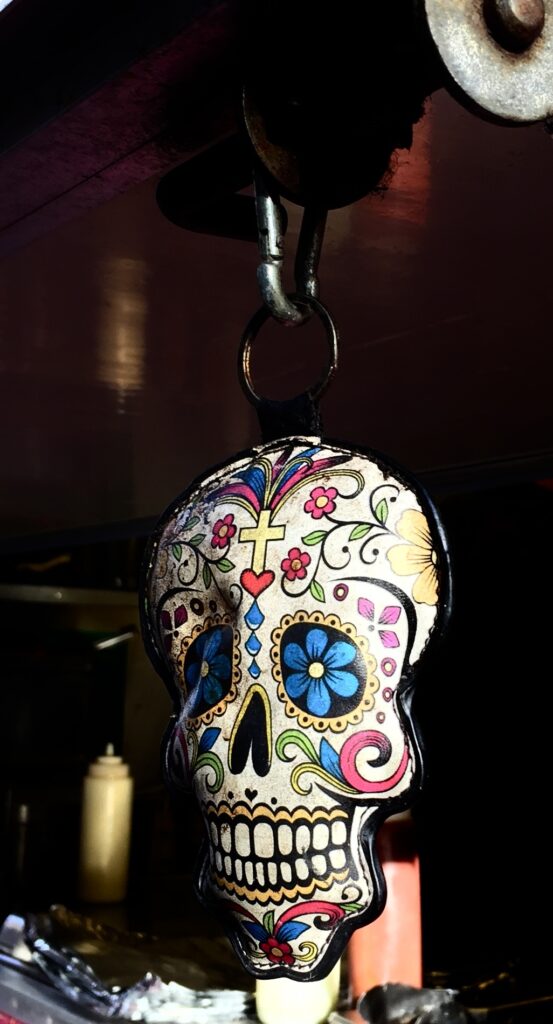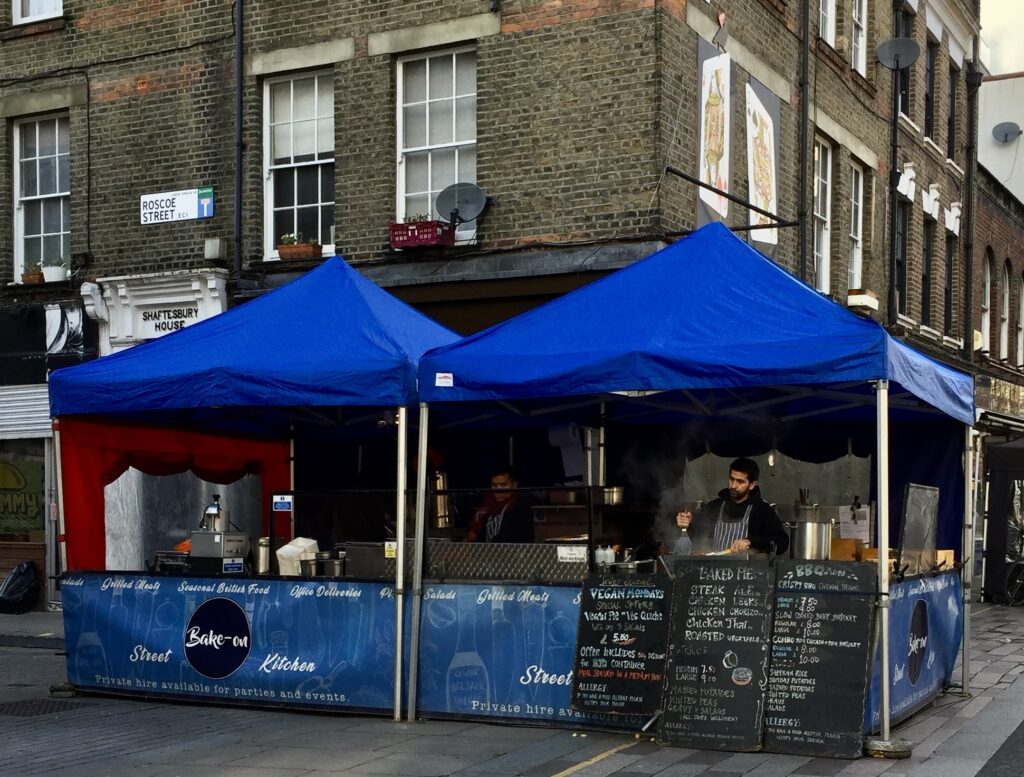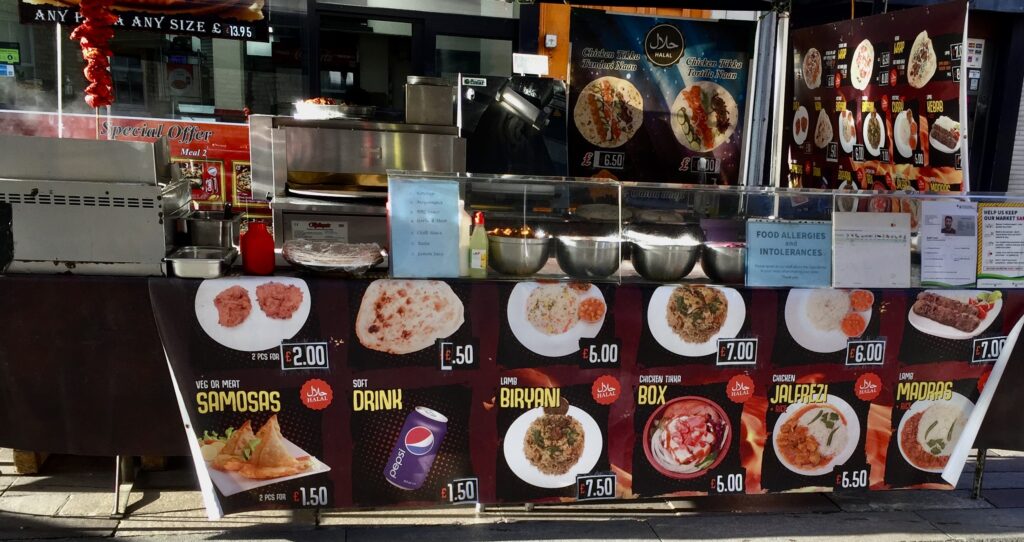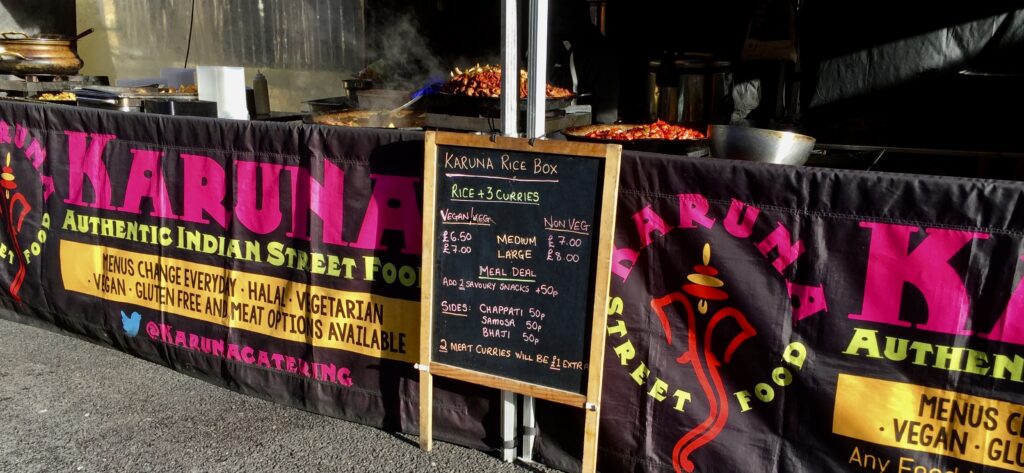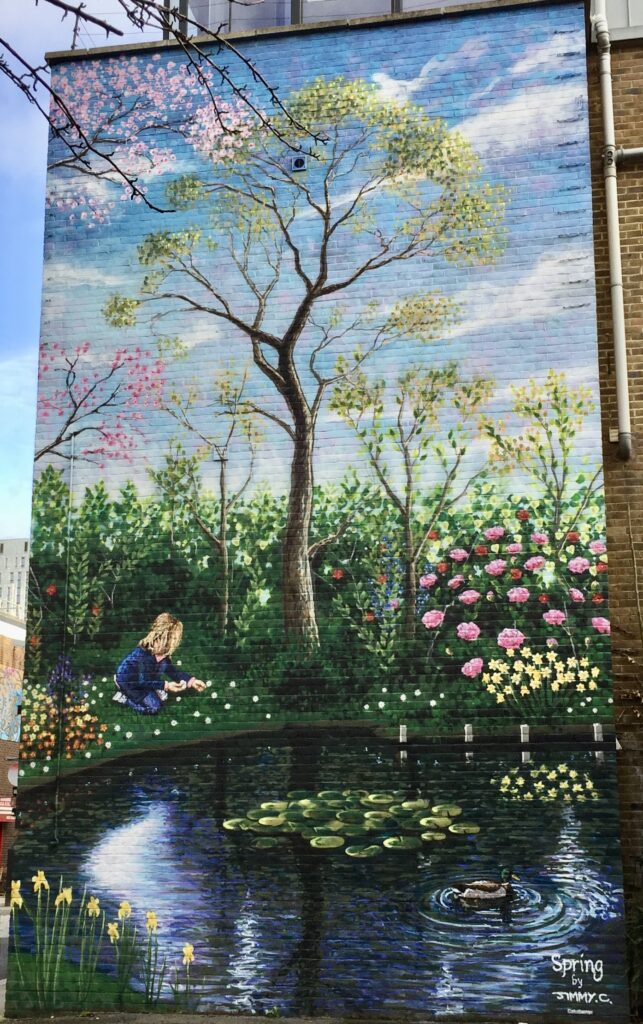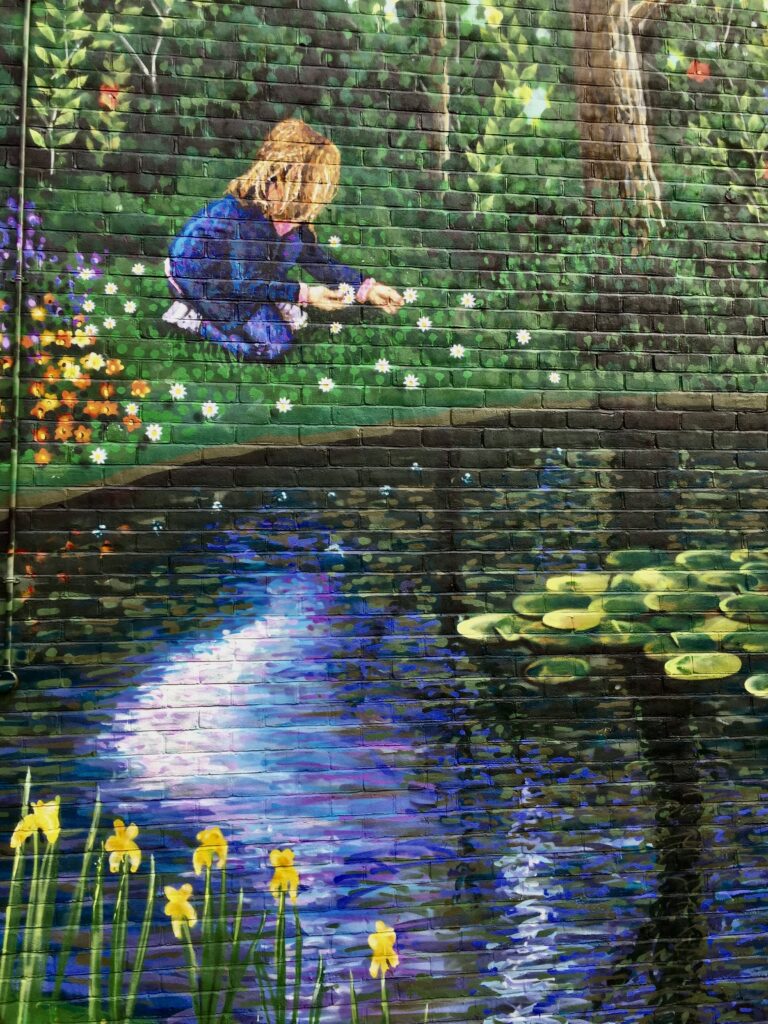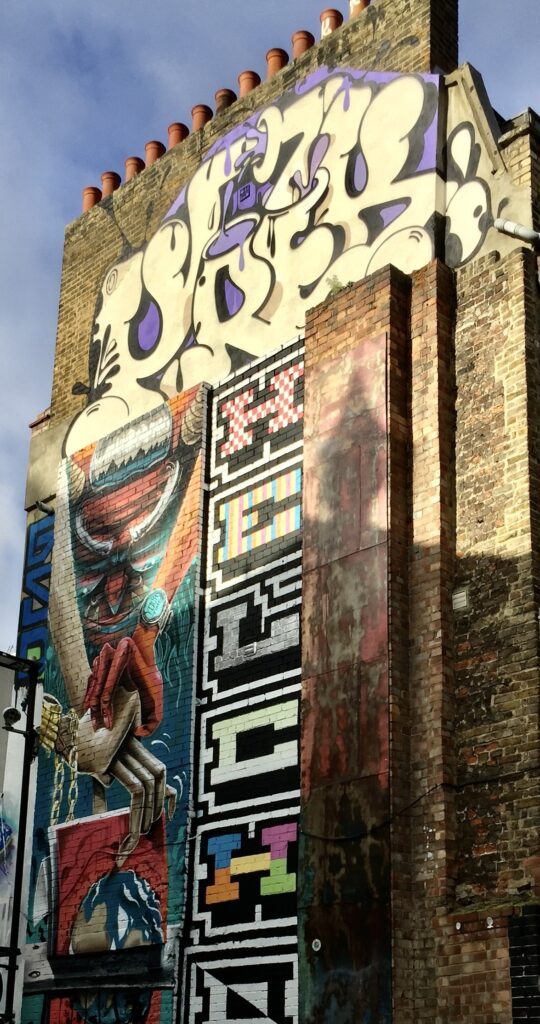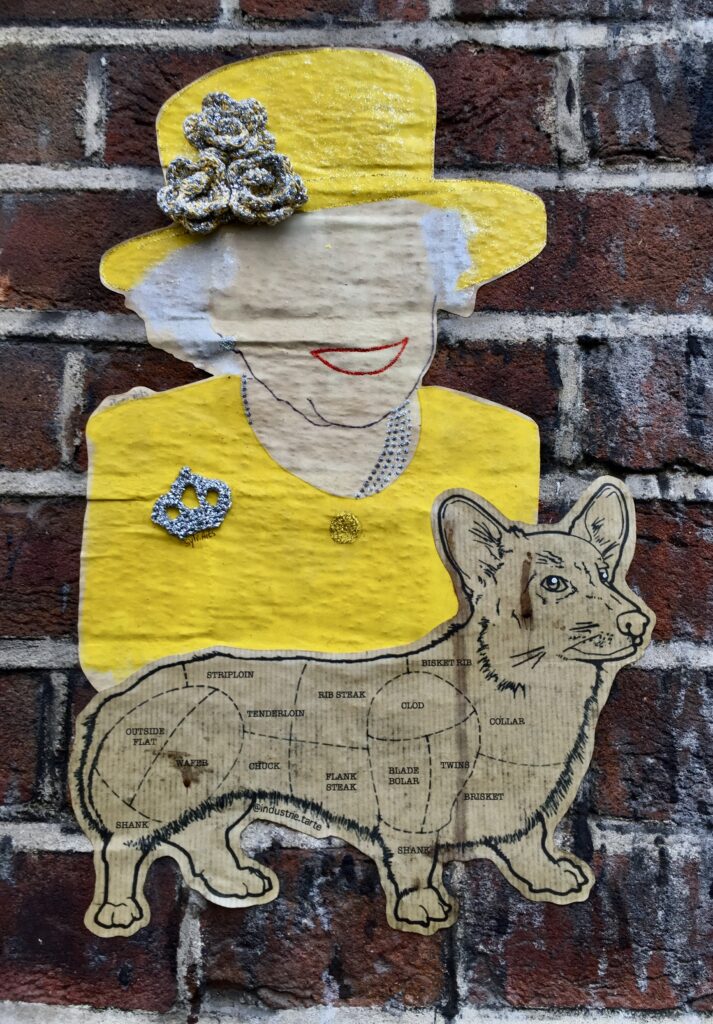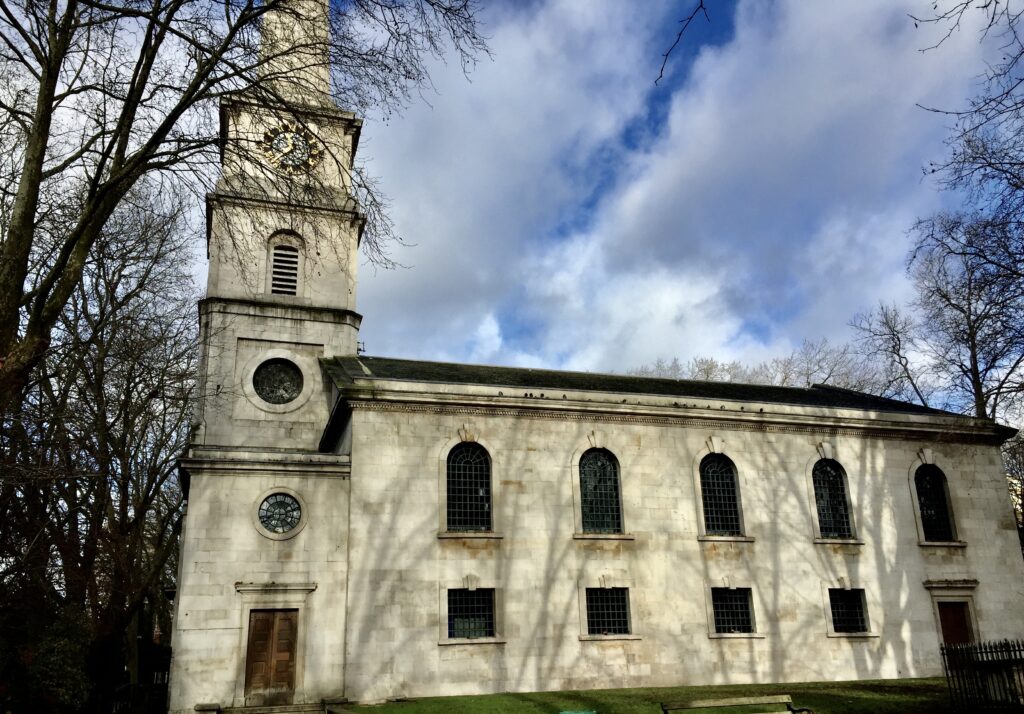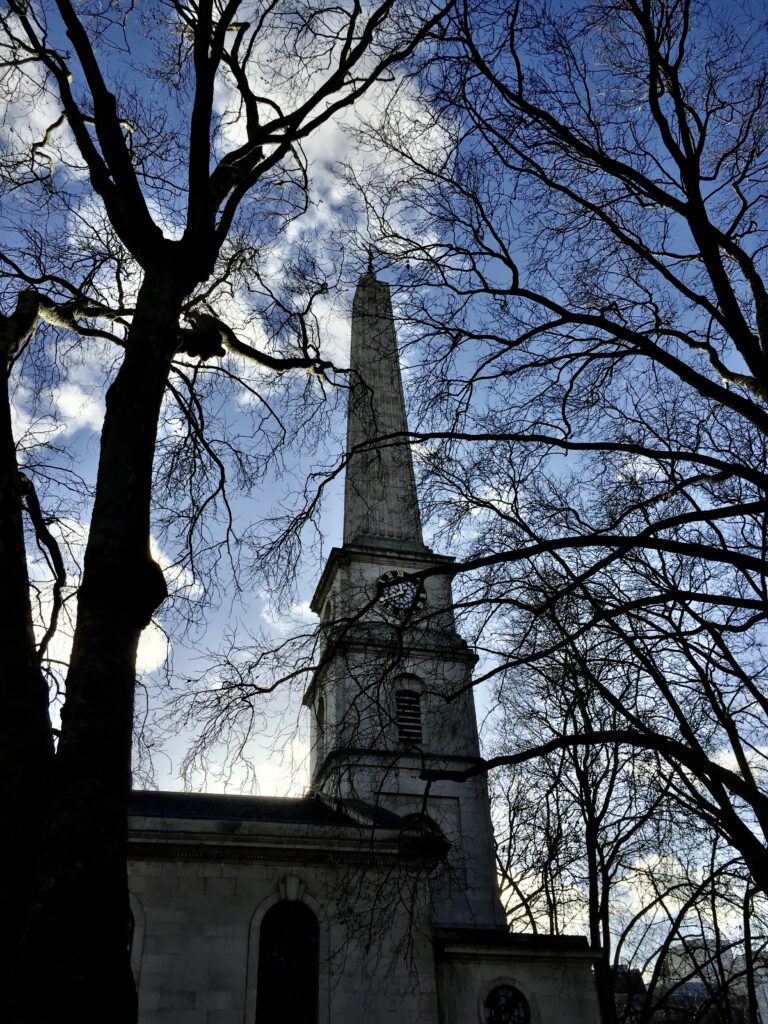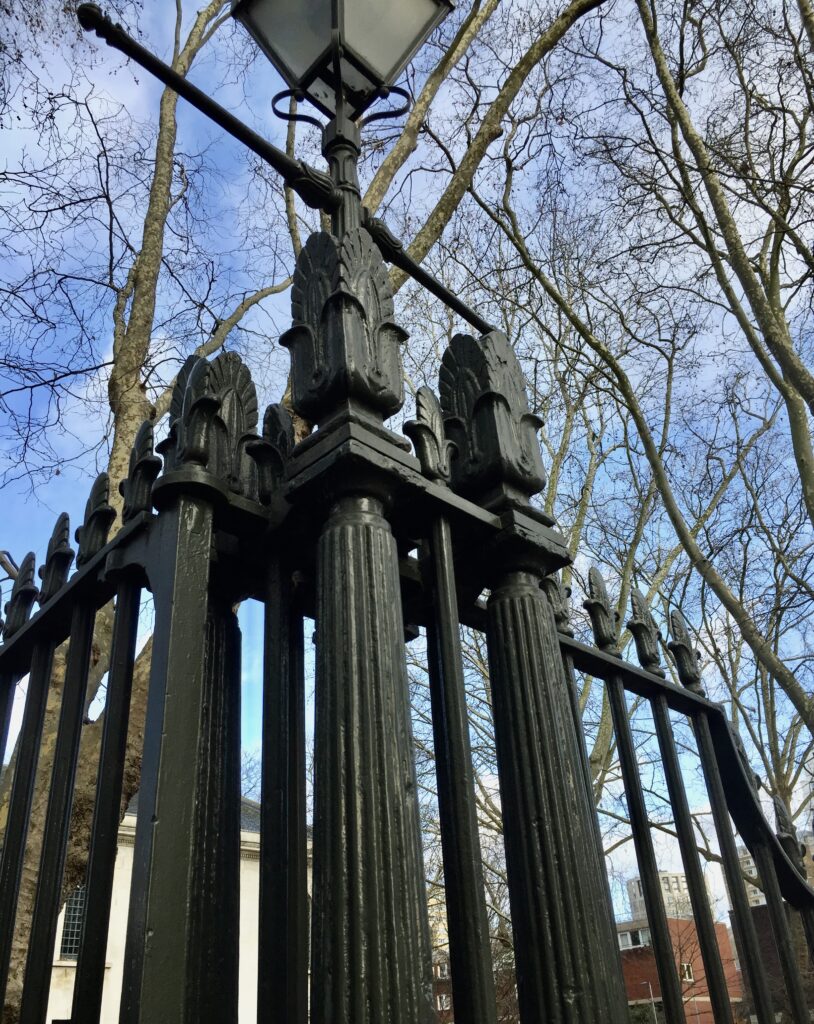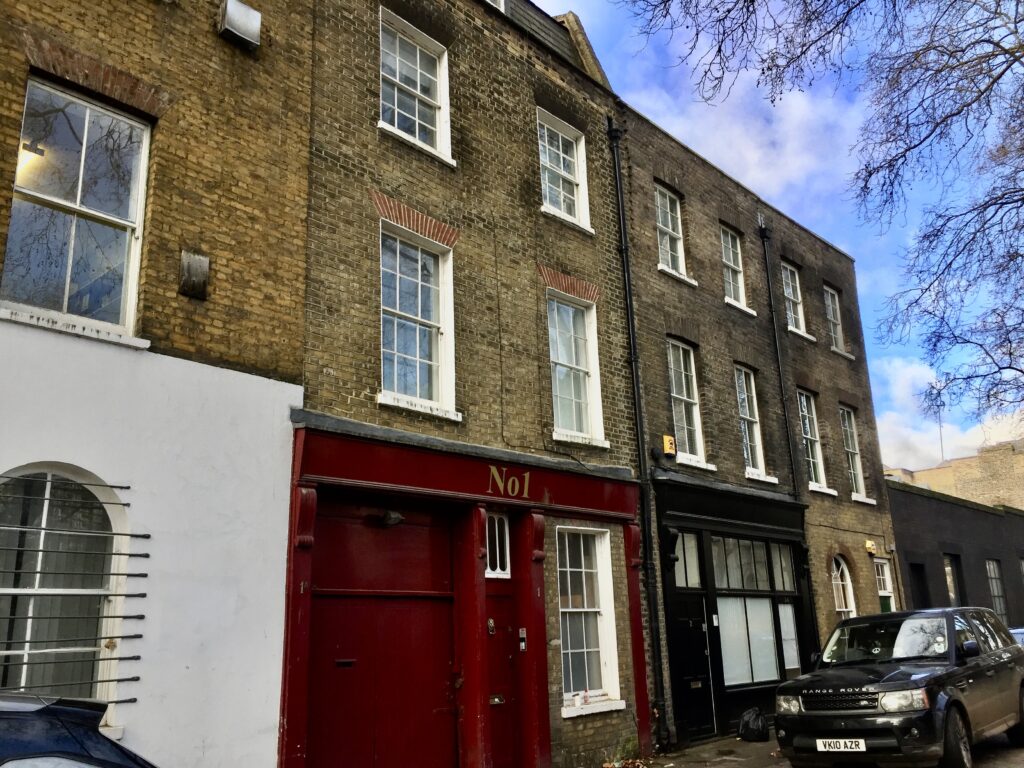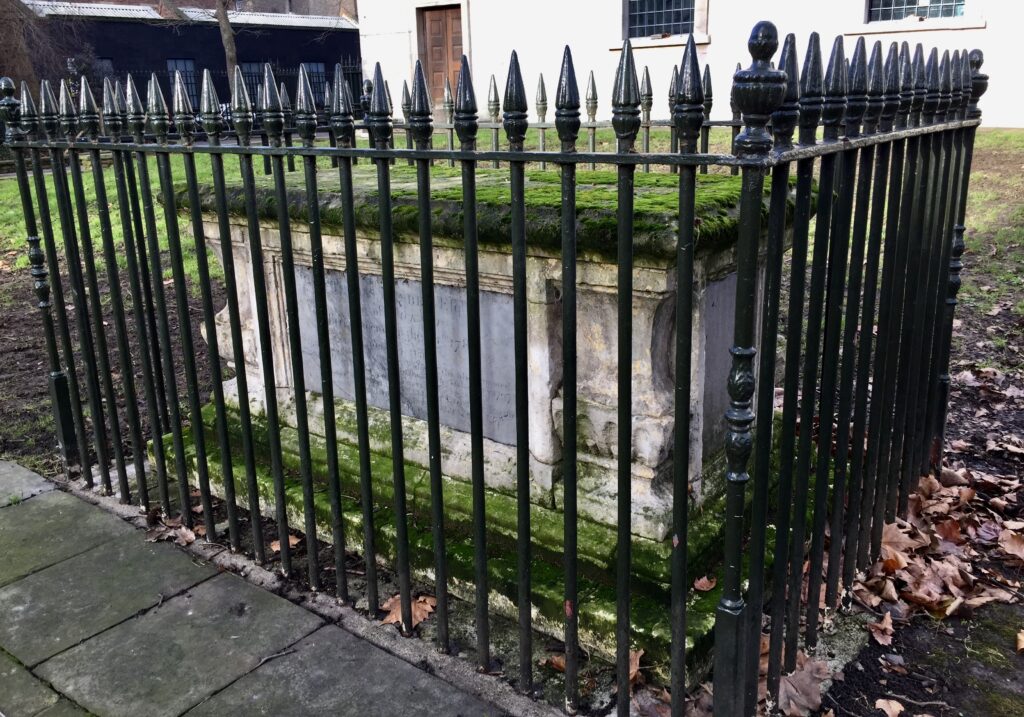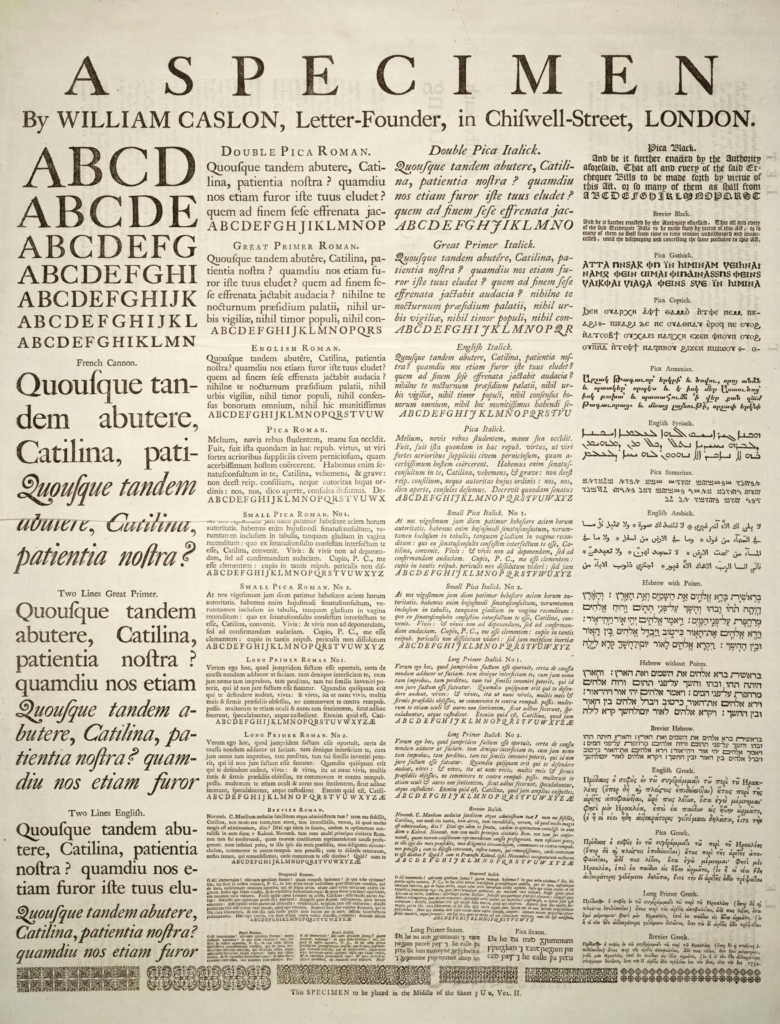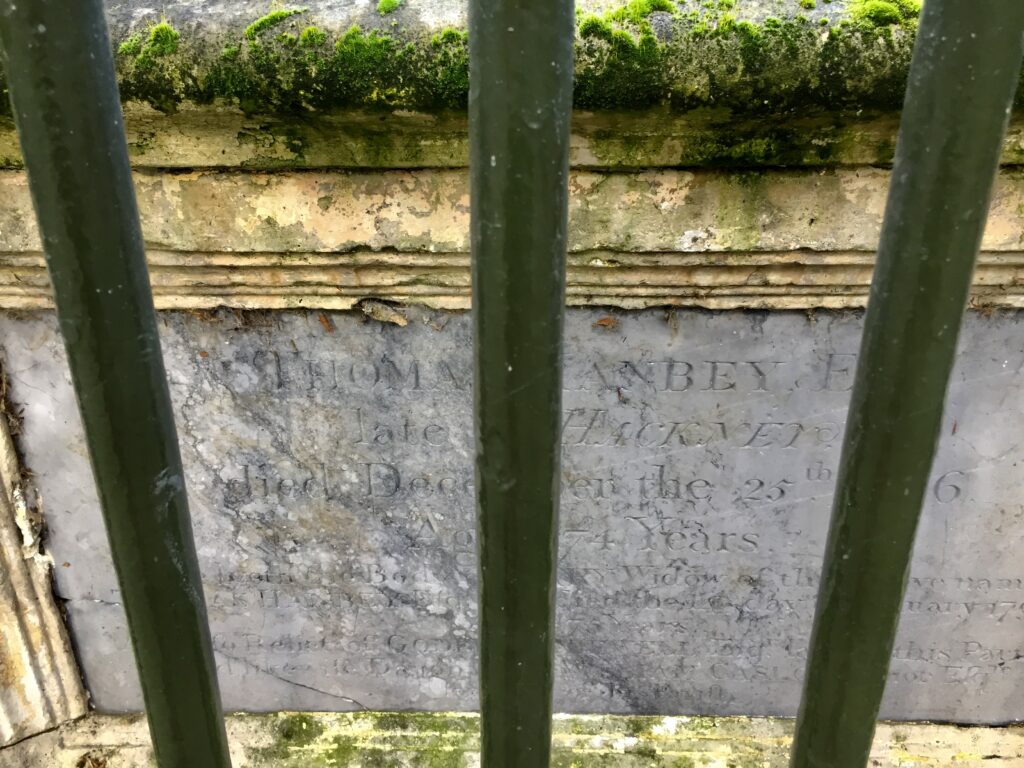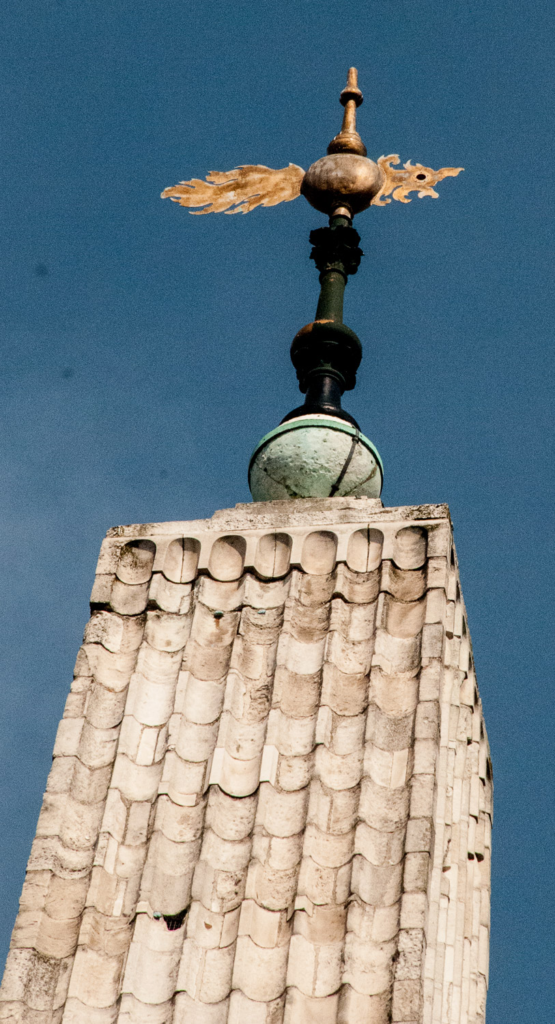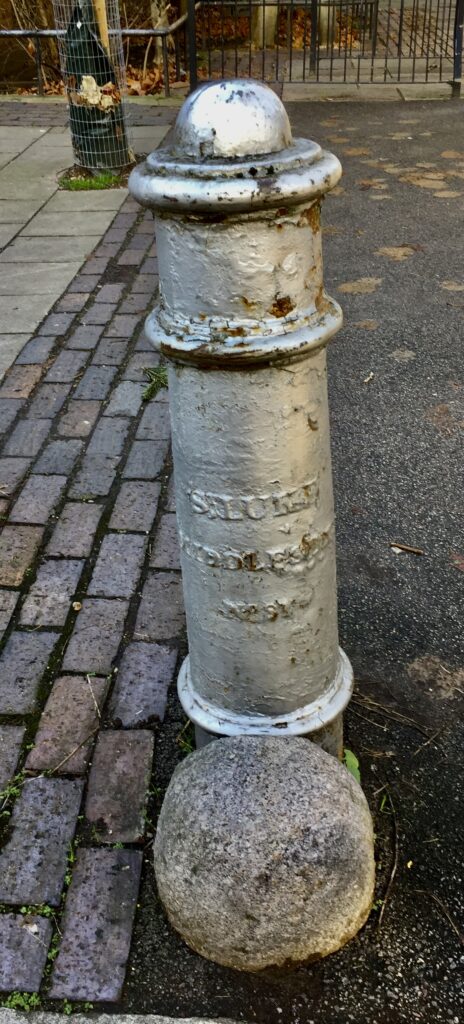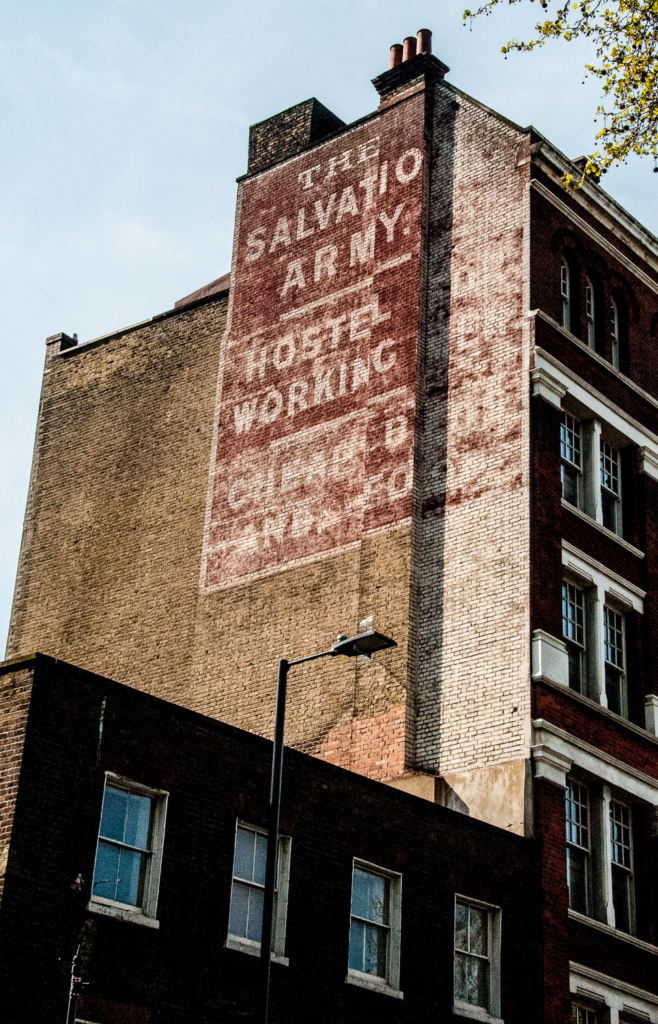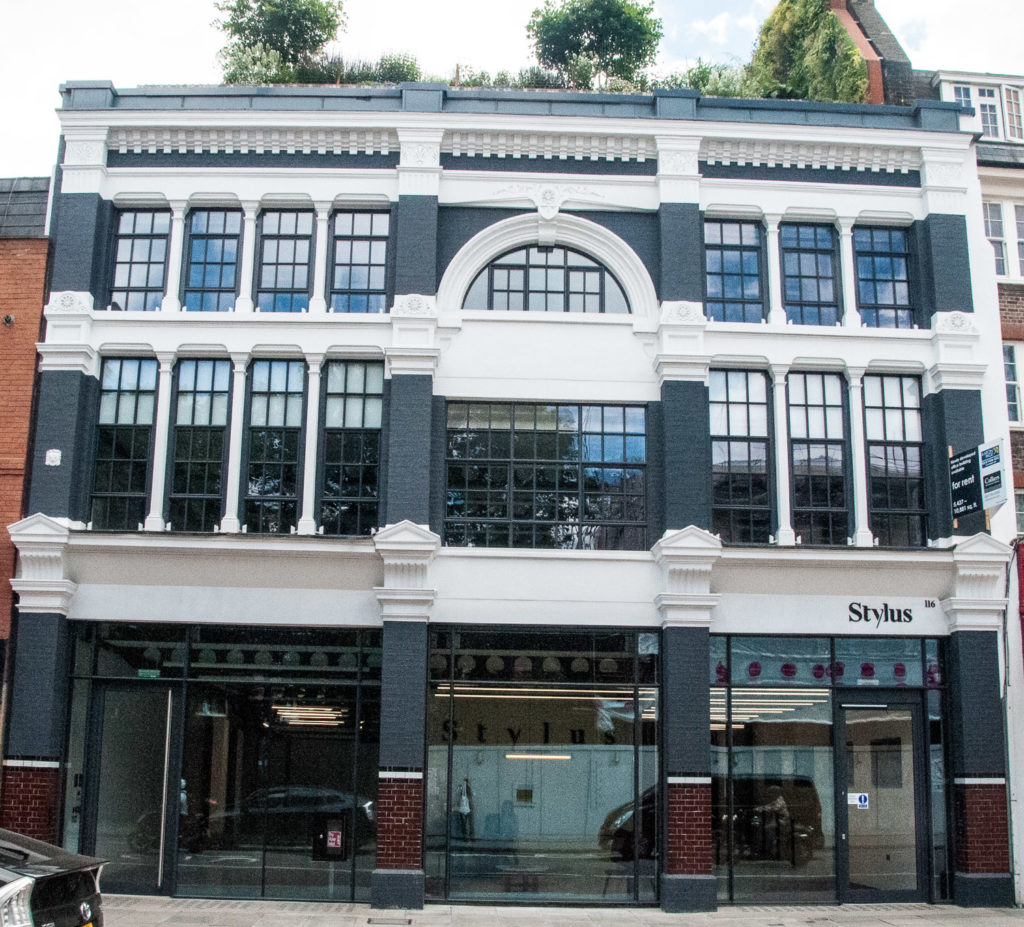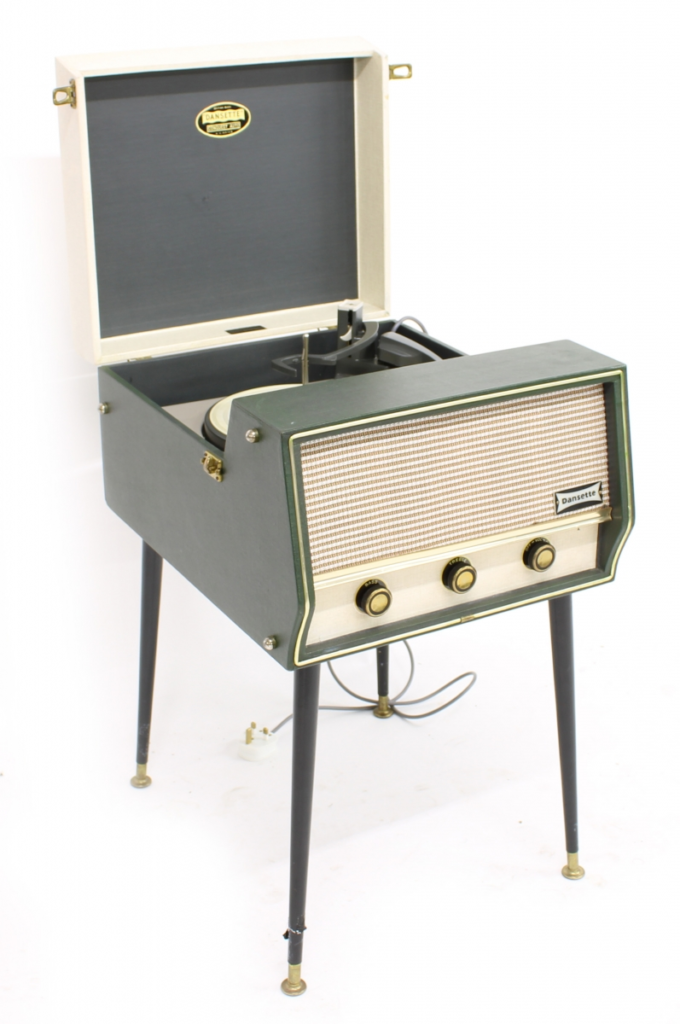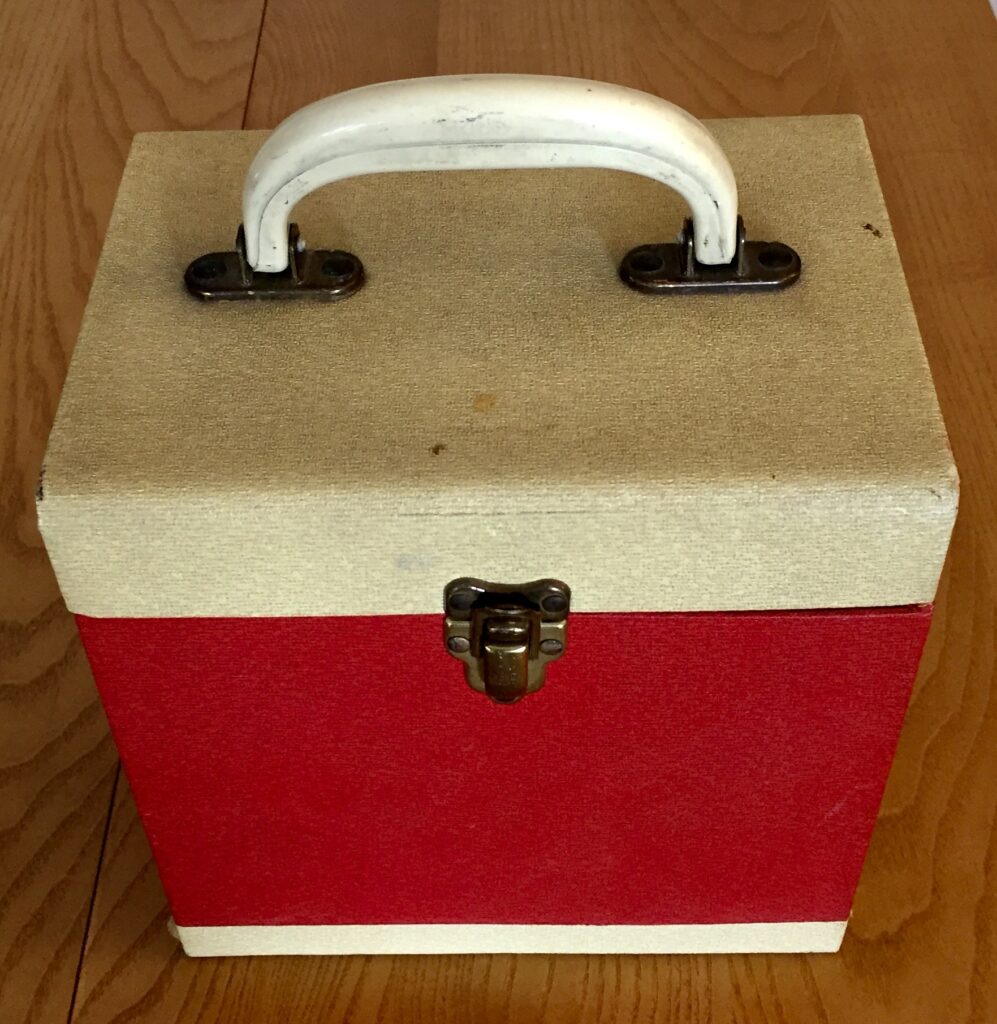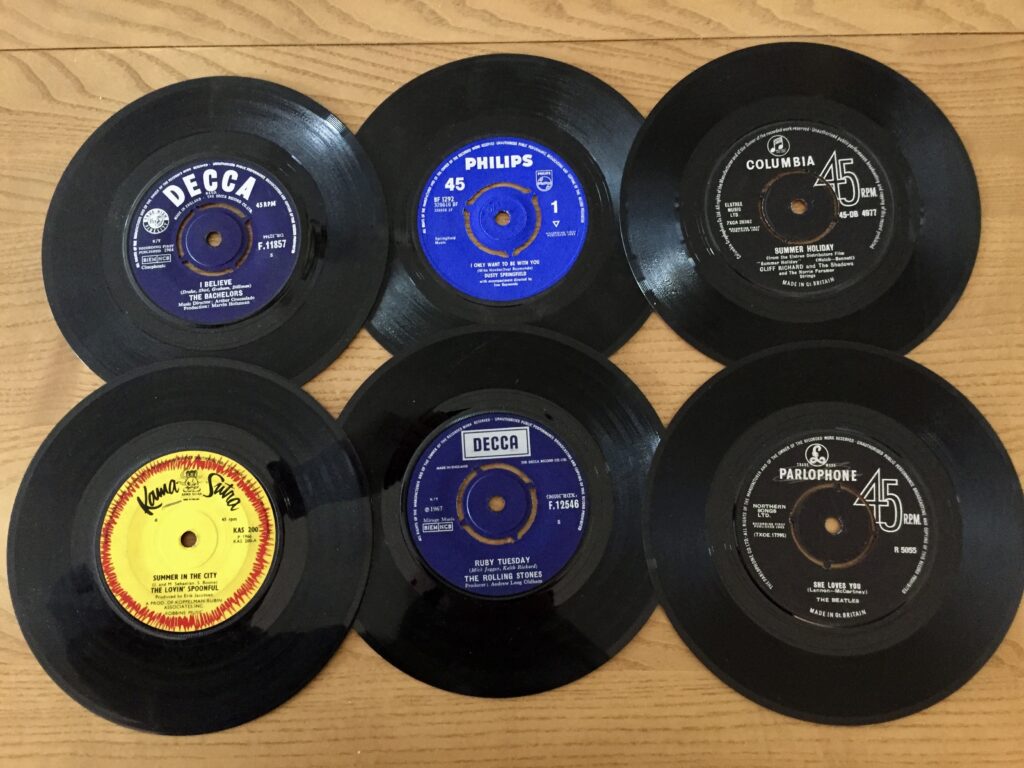I visited Tower Bridge last week and joined the folk paying for and enjoying the Tower Bridge Experience.
I approached from the north and took this image of the modern skyline with the Tower of London in the foreground …
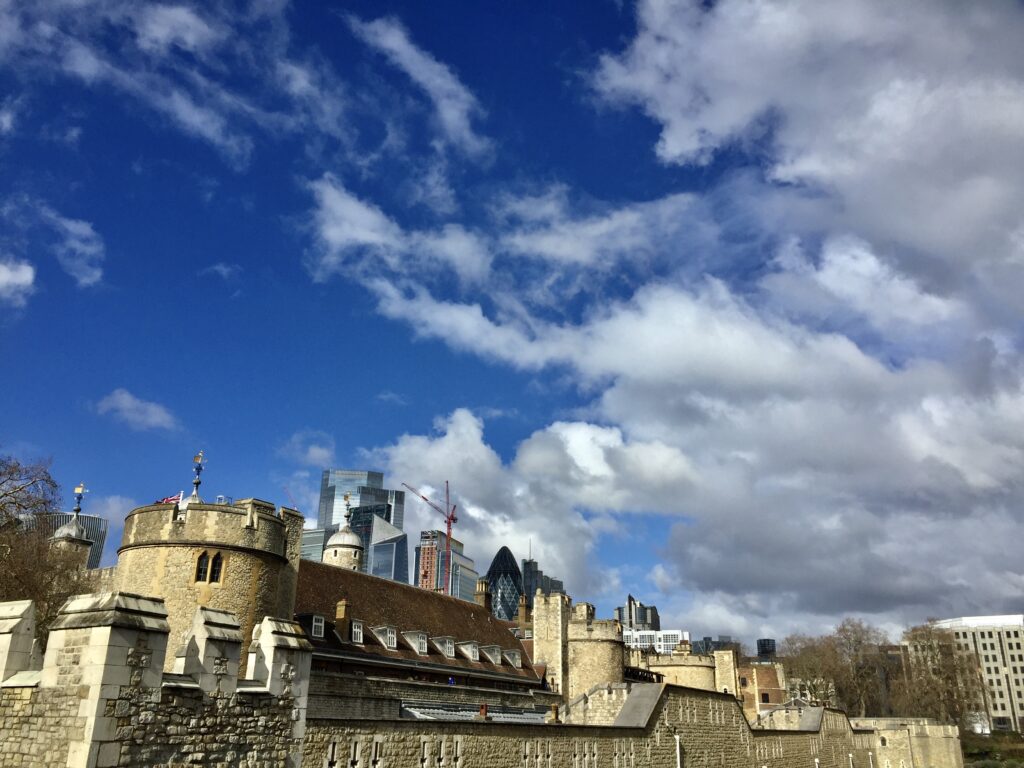
This plaque made me smile. It commemorates the celebration of the centenary of the bridge’s construction in 1994 when HRH Prince Charles attended. As well as HRH the plaque manages to squeeze in the names of : the Lord Mayor, two Sheriffs, four Aldermen, no fewer than 33 Commoners, the Town Clerk and the City Engineer …

If approaching the bridge this way, look out for the lamp standard that doesn’t have a lamp on it …
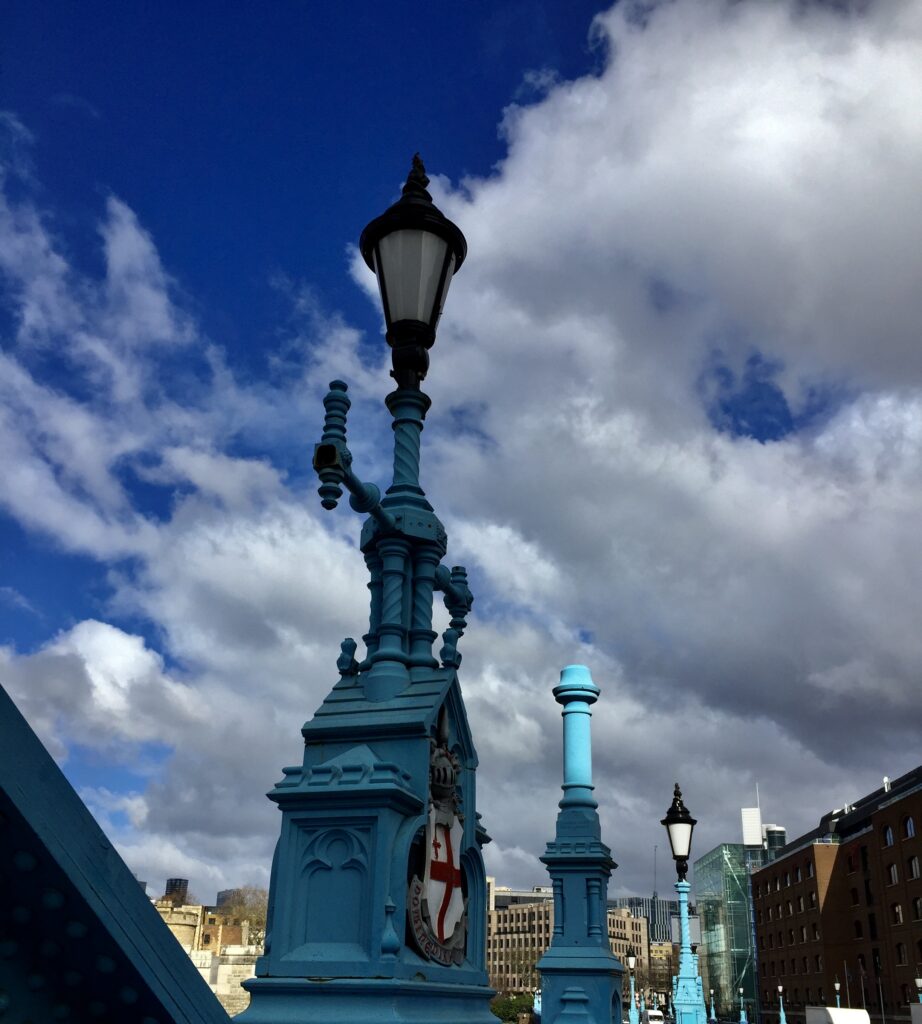
Under the bridge is a little room that was once used by soldiers guarding the Tower as somewhere to keep out of the cold. This is the cunningly disguised chimney for their coal fire.
Between 14 and 15 million rivets were used to hold the bridge together. There are some nice examples on the bridge approach …
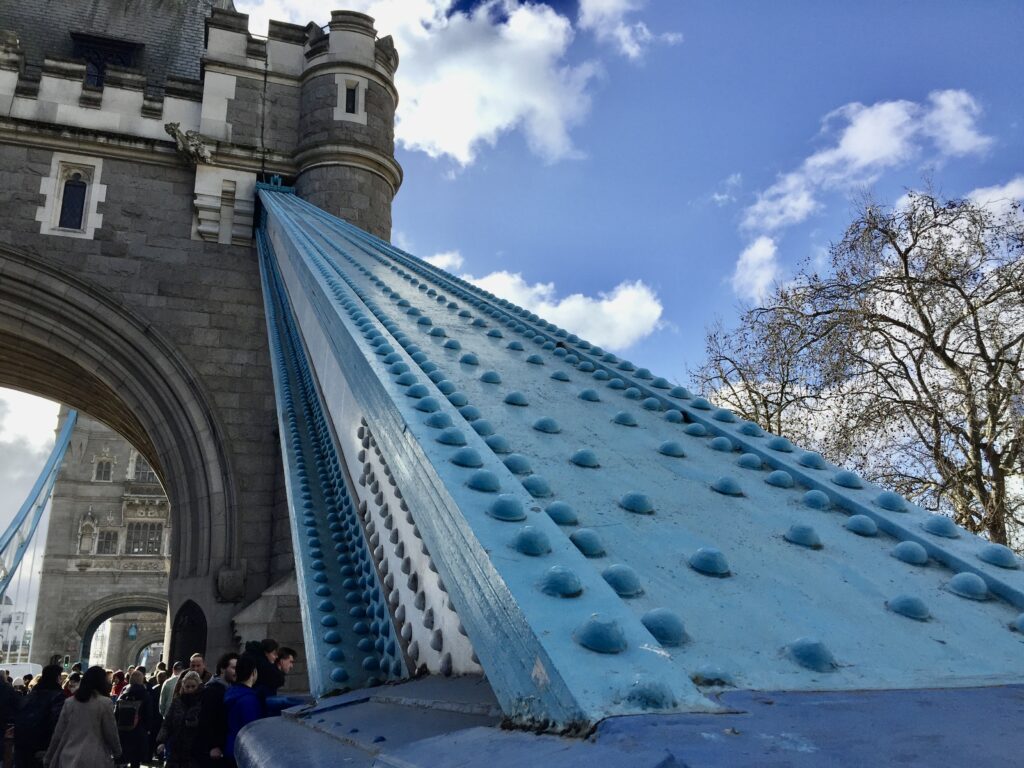
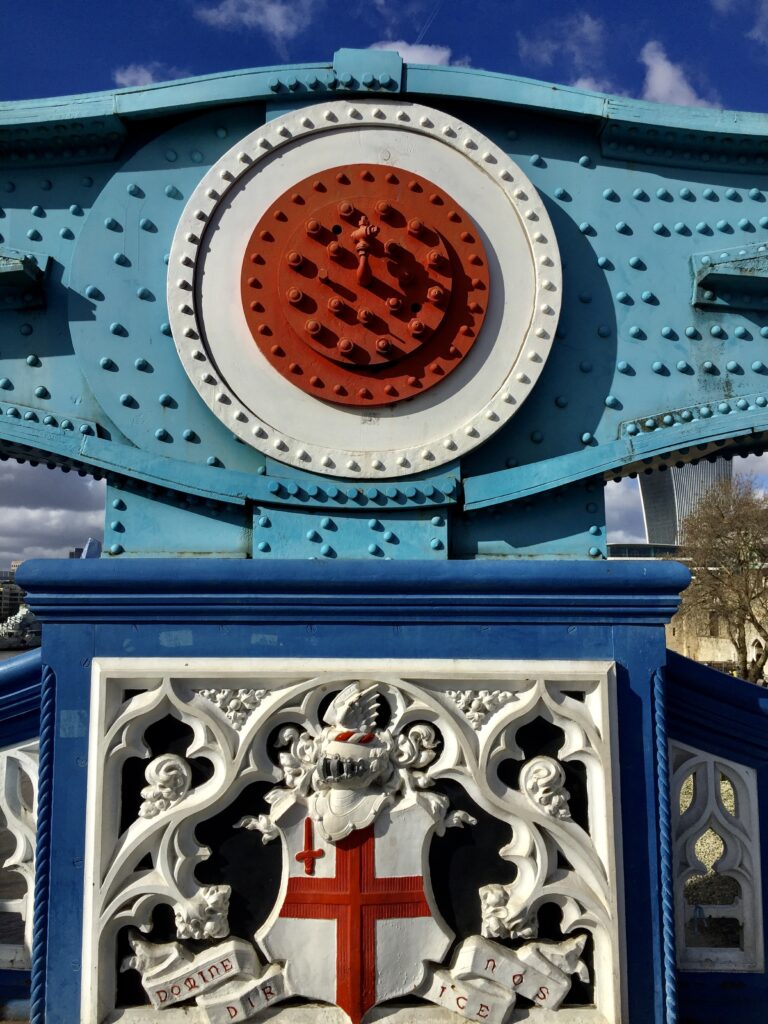
This picture is from the exhibition inside …

Incidentally, the red, white and blue colours date from the Queen’s 1977 Silver Jubilee. It used to be painted a sludgy brown (or ‘chocolate’ if you prefer). The paintwork on the stairwells and girders inside the building is still the old colour …

Some views looking upriver before you enter the bridge building itself …
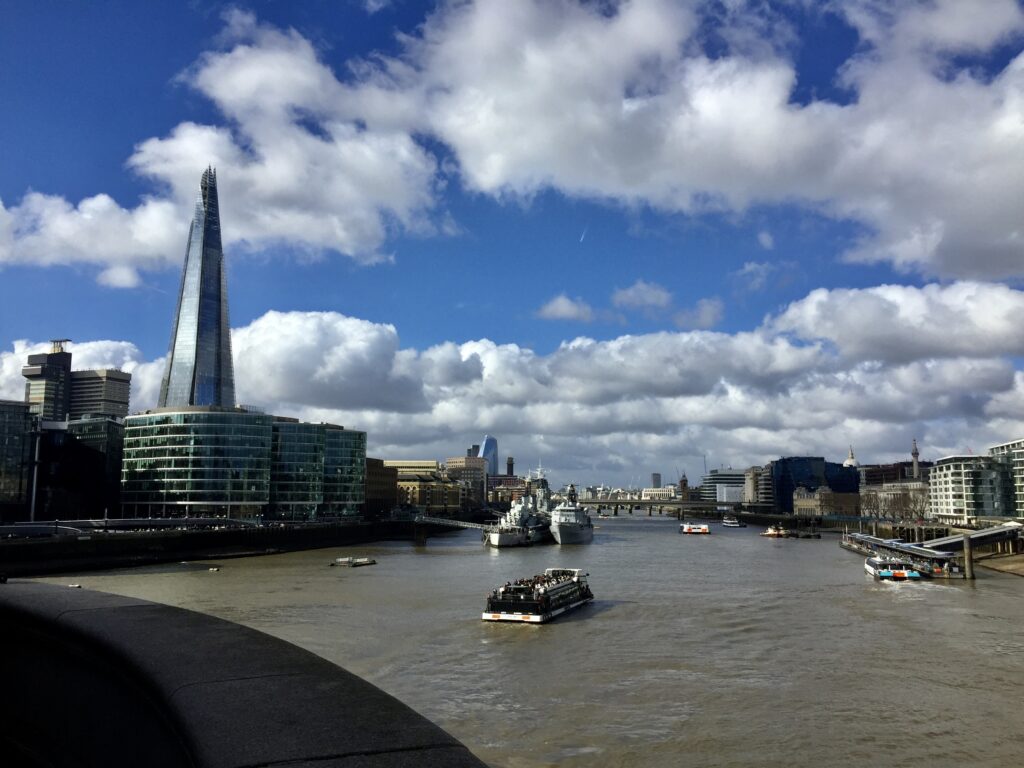
The ship moored next to the Belfast is the Norwegian warship Nordkapp …
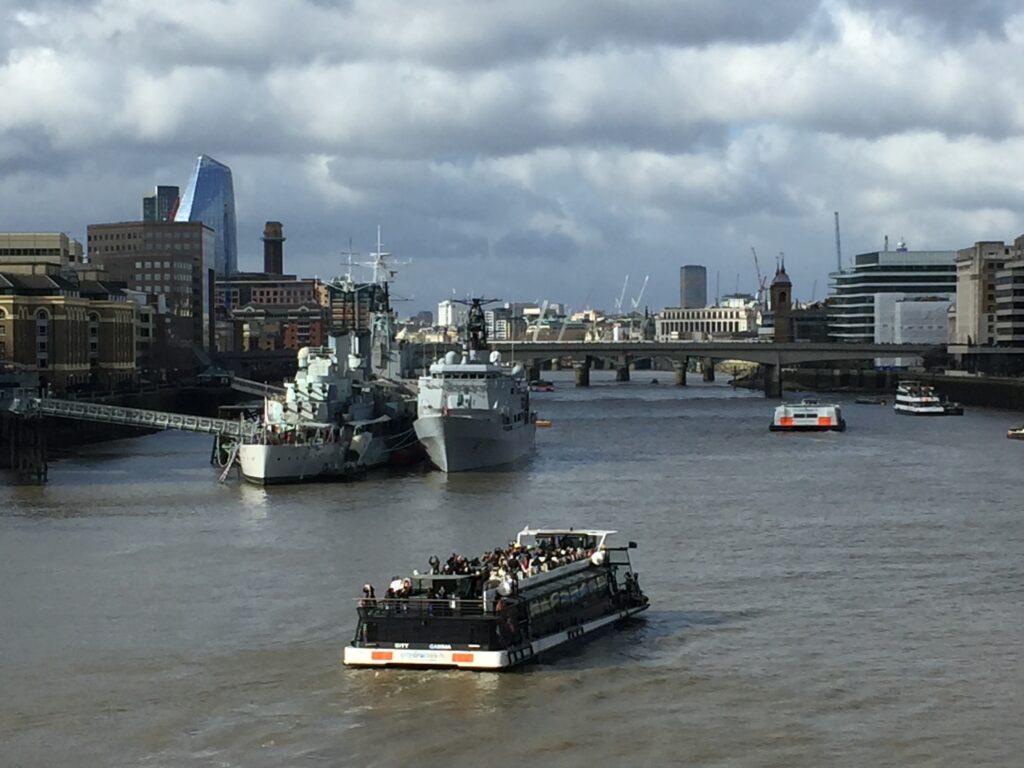
Another interesting City skyline view …
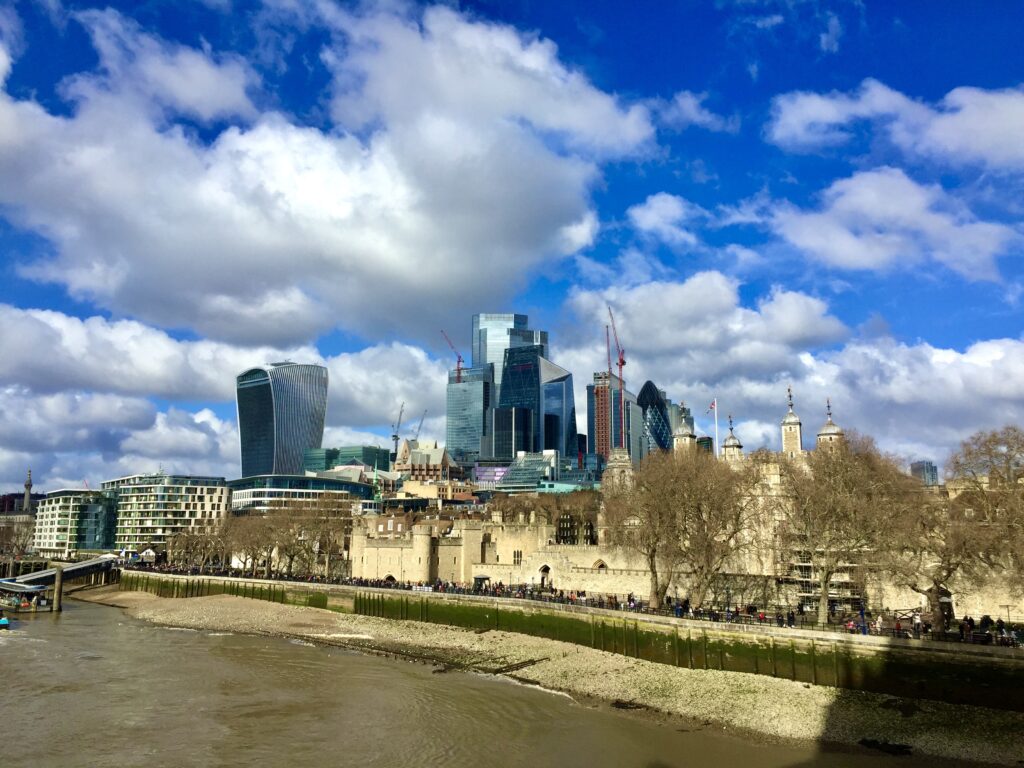
In the foreground is the artificially constructed Tower Beach. Read all about it in my blog entitled A Wander Near the Tower of London.
The exhibition inside has been extensively upgraded since I last visited over 10 years ago.
There are some great films of the City at the turn of the 20th century showing on a loop. This is obviously Bank junction …

Here are a few more examples …


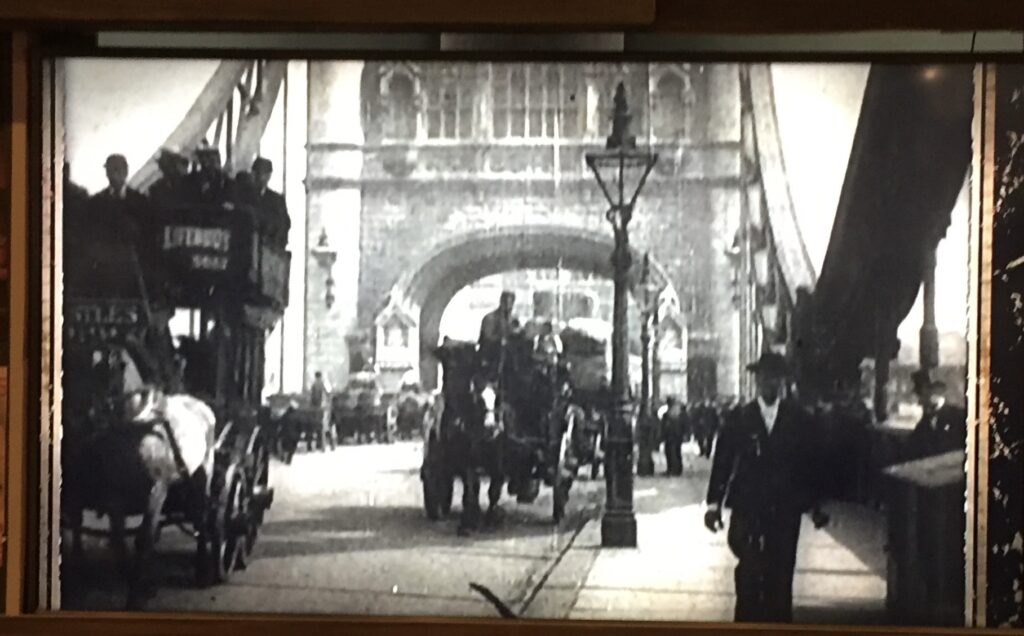
Victorian construction techniques could be dangerous …
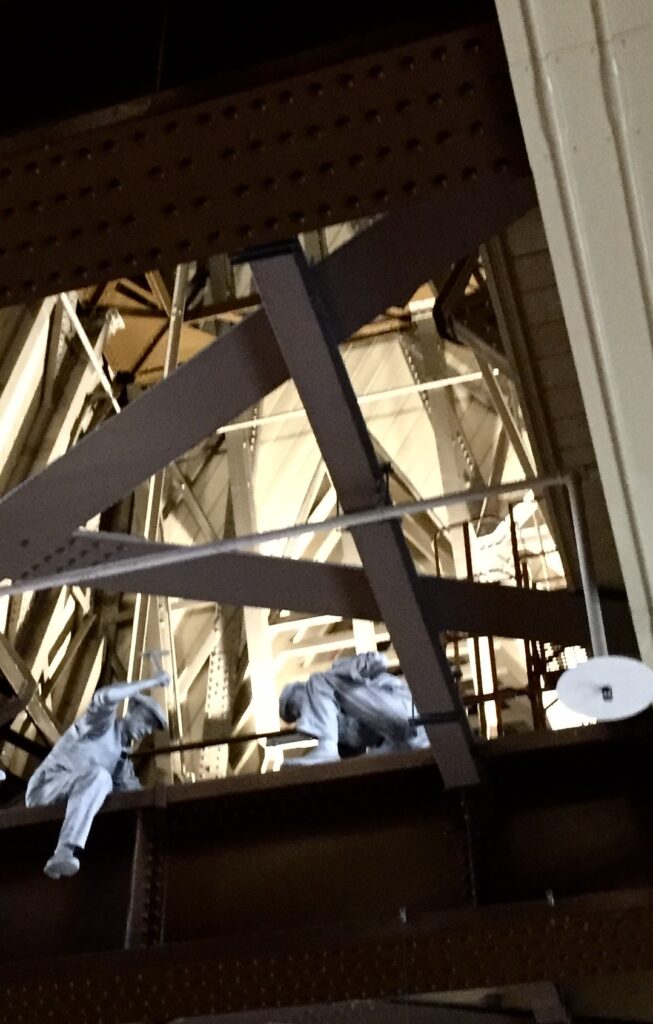
Up to 850 people were employed at any one time when building the bridge from 1886-1894 and 10 are known to have died in accidents.
The upper walkway …
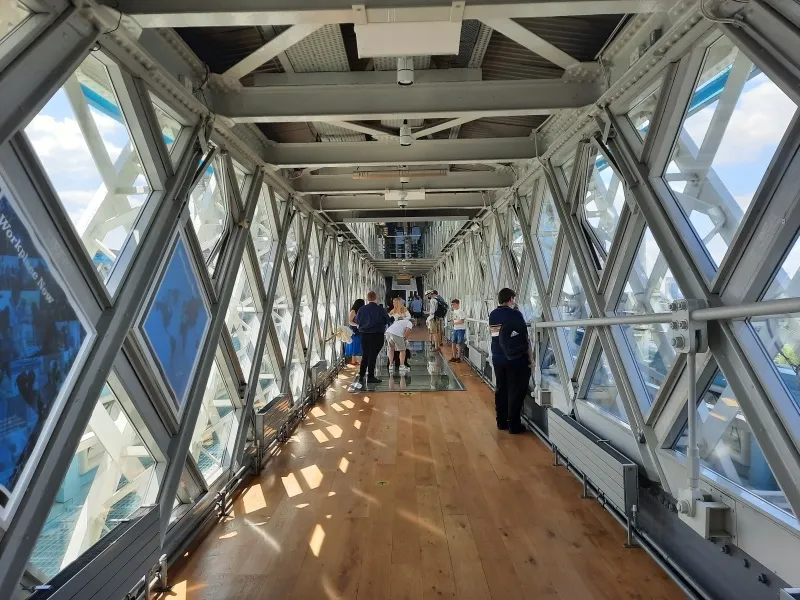
There is a section of glass floor (but you can walk around it if you’re nervous!) …

There are great views both up and downriver. This is looking east towards Canary Wharf …
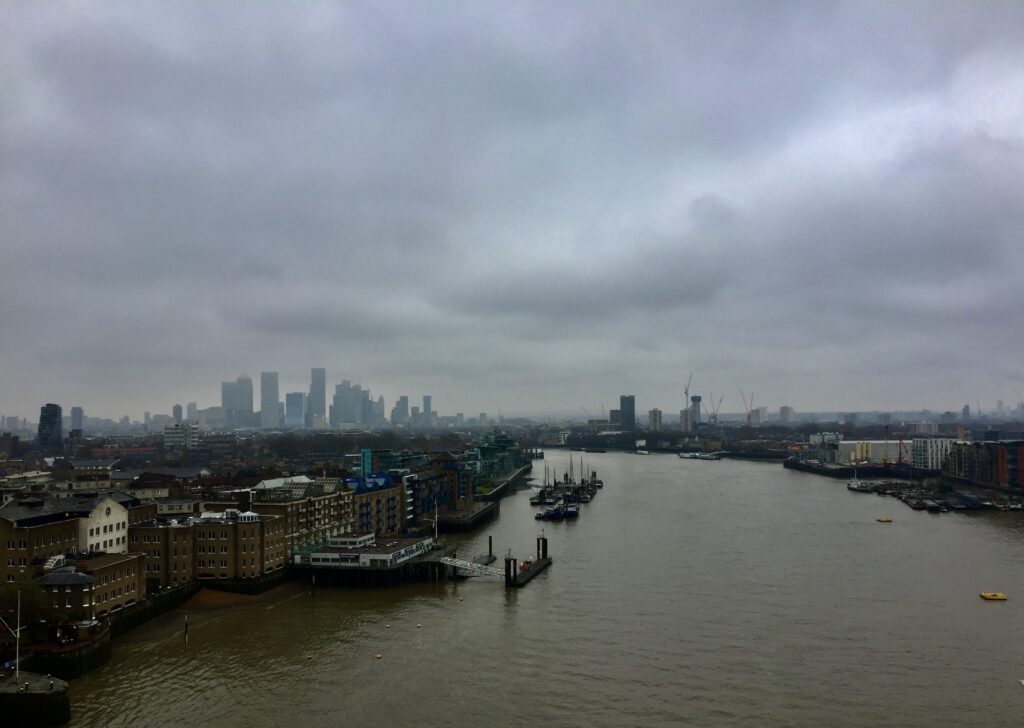
A highlight is, of course, the brilliant Victorian engineering that was created to operate the bridge lifting mechanism. When it was built it was the largest and most sophisticated bascule bridge ever completed (‘bascule’ comes from the French word for ‘seesaw’).
Two giant giant boilers made the steam to power the engines …
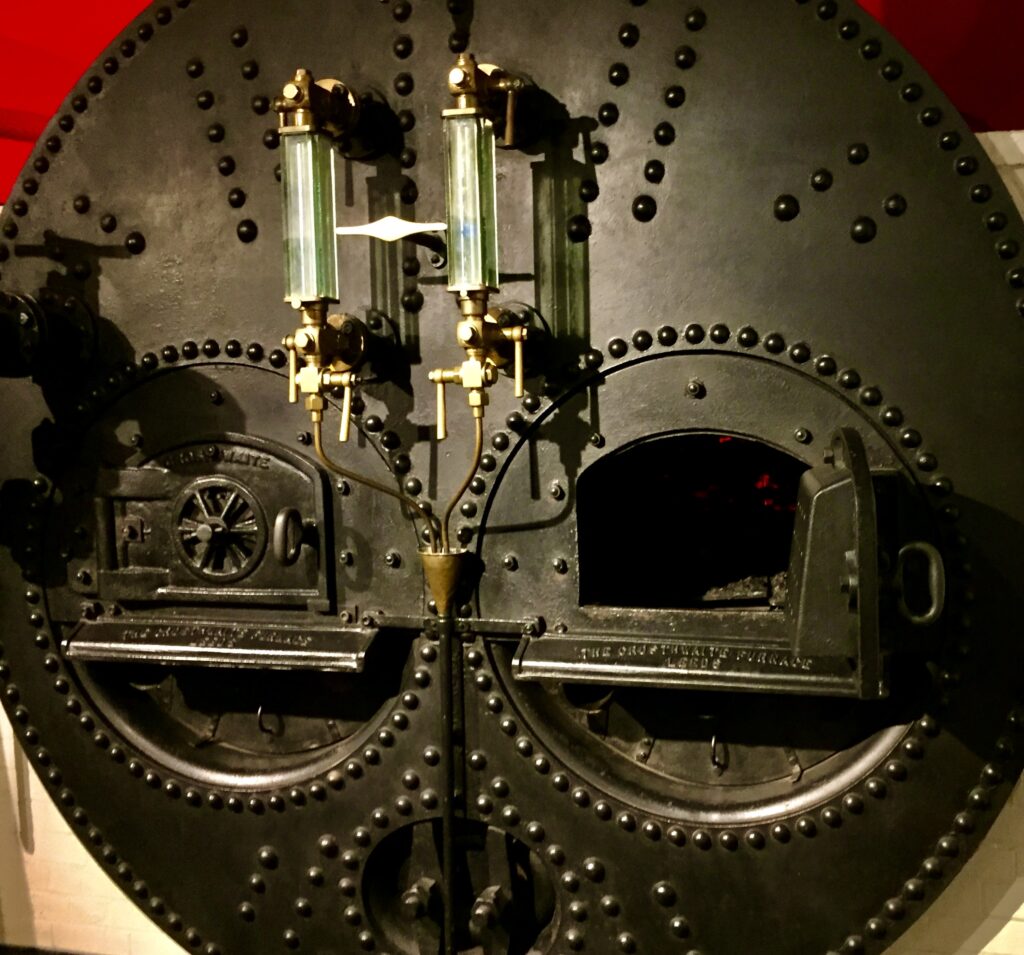
The stokers had to shovel about 3,000 kilos of coal every day for which they were well rewarded, earning between £25 and £30 a week, a good wage in the 1930s. Many, according to the commentary, saved enough to buy their own homes.
The pumping engine machinery is beautiful …
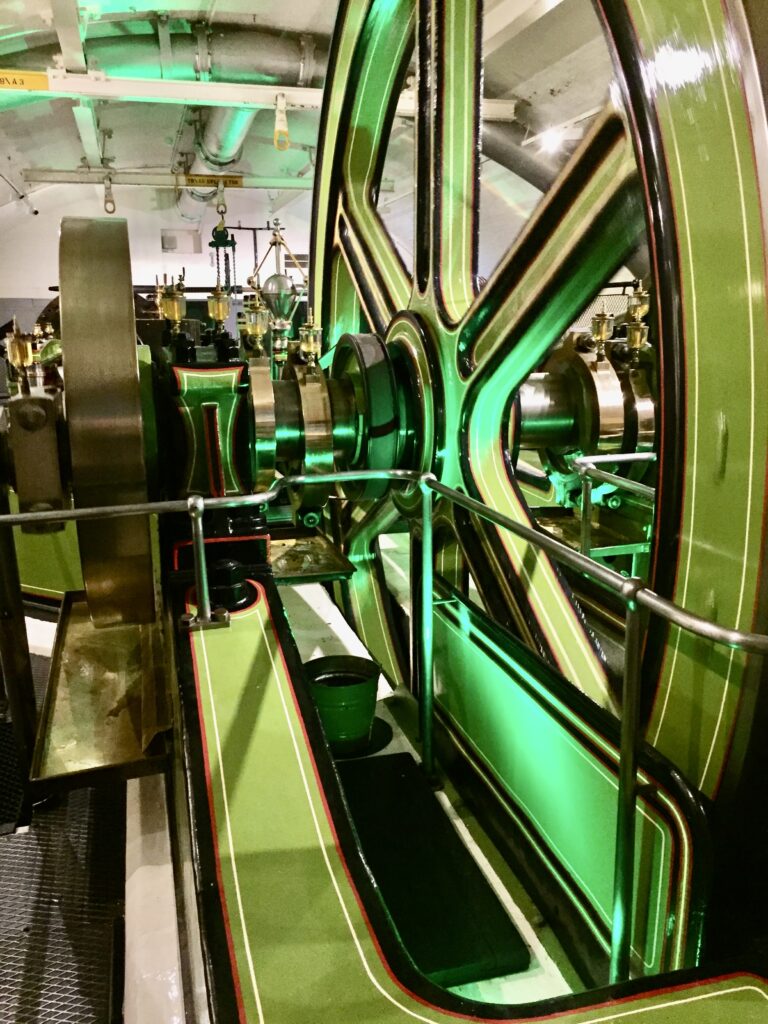
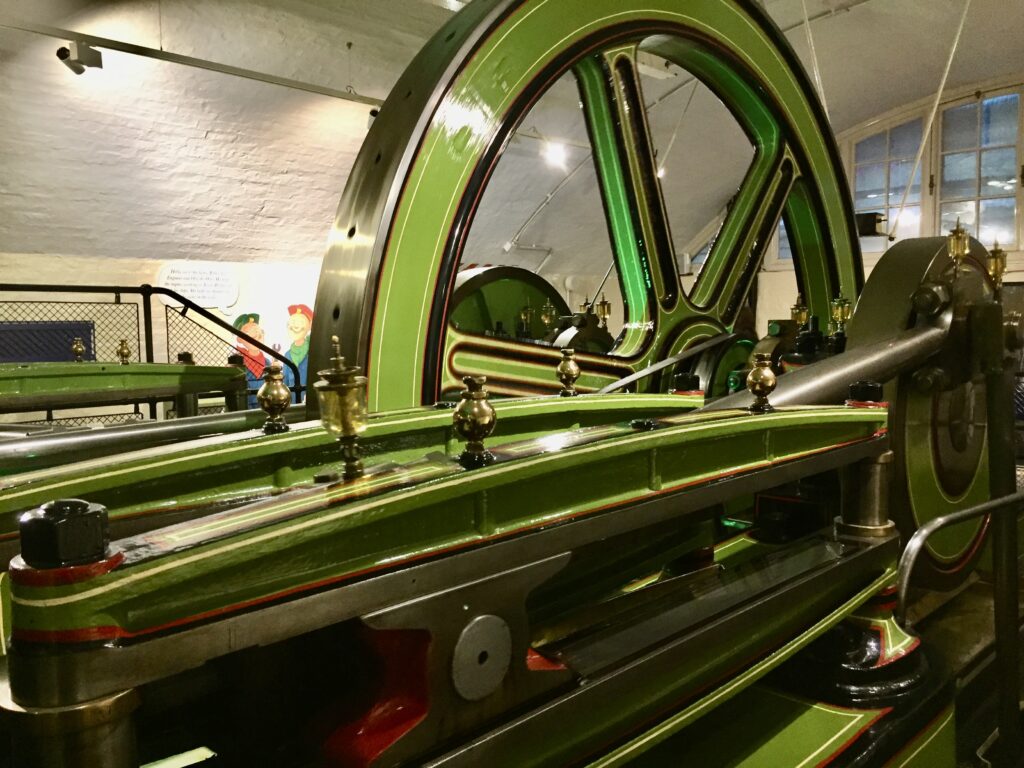
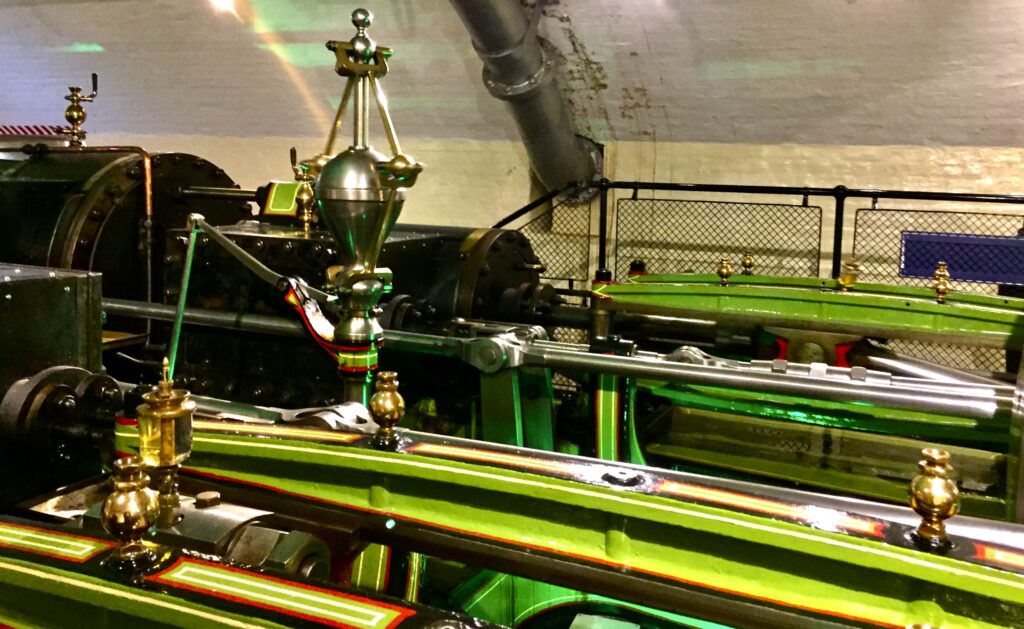

As one might expect, there is a Tower Bridge cat. It’s called Bella and you can buy an appropriate memento …

I did resist the temptation.
All in all, a great ‘experience’, highly recommended.
If you would like to follow me on Instagram here is the link …

